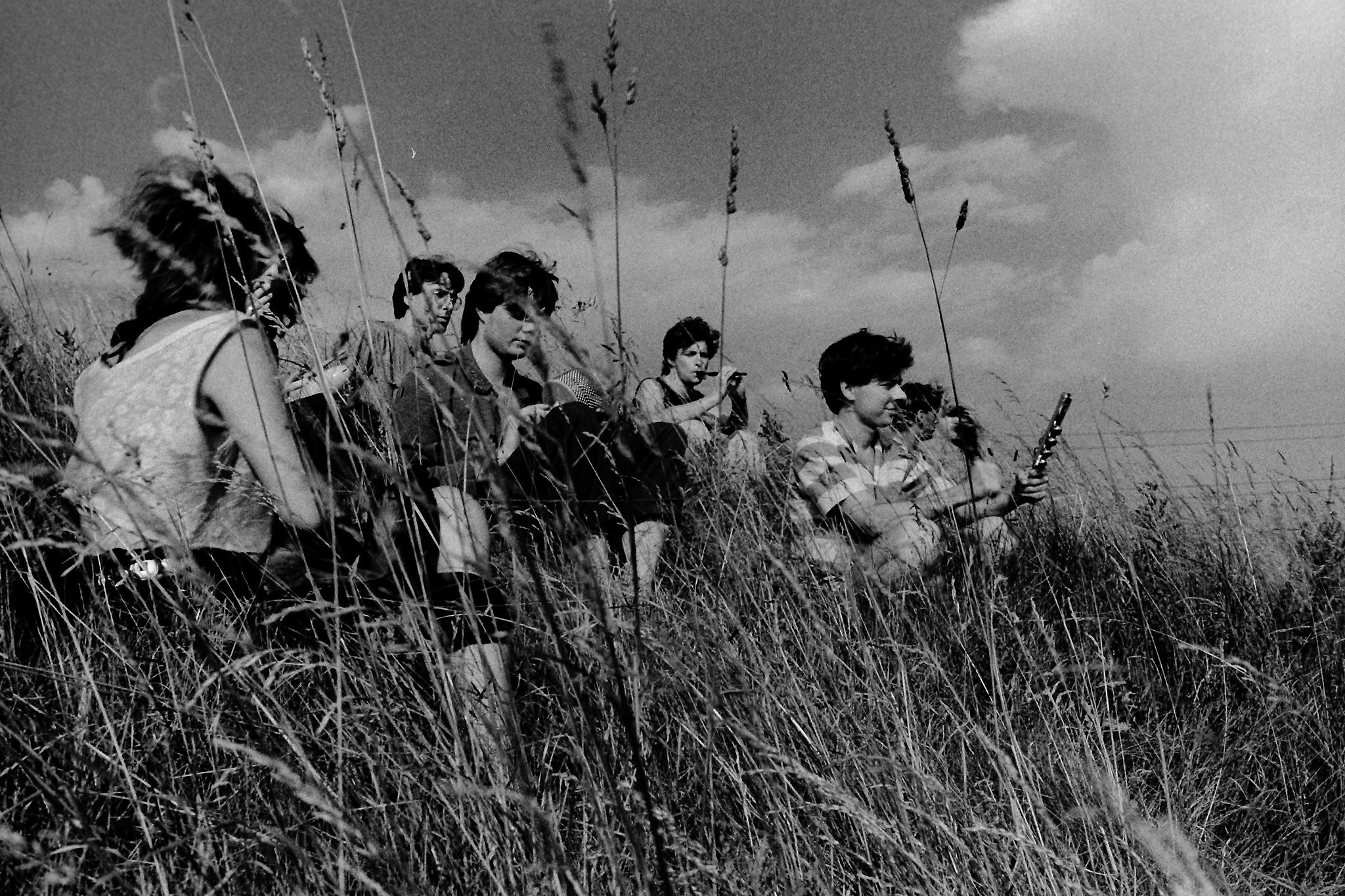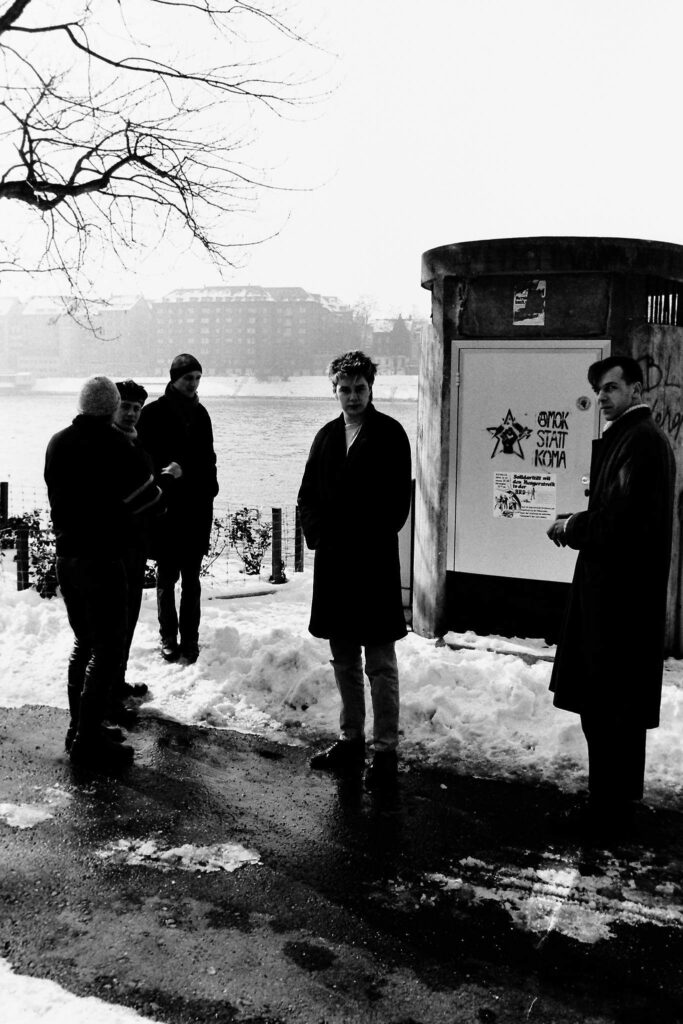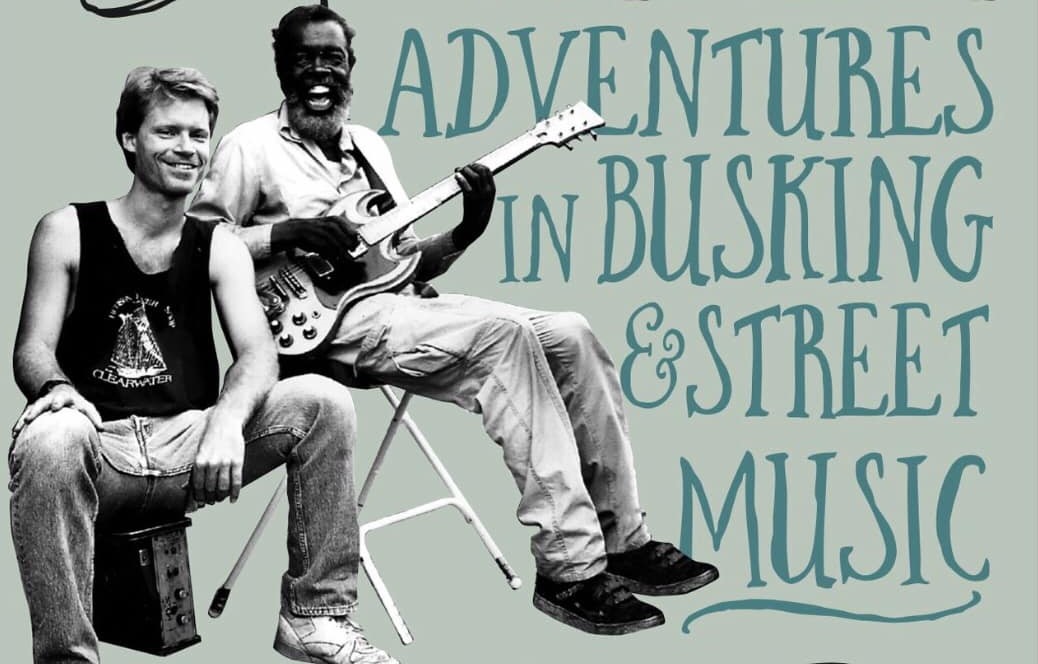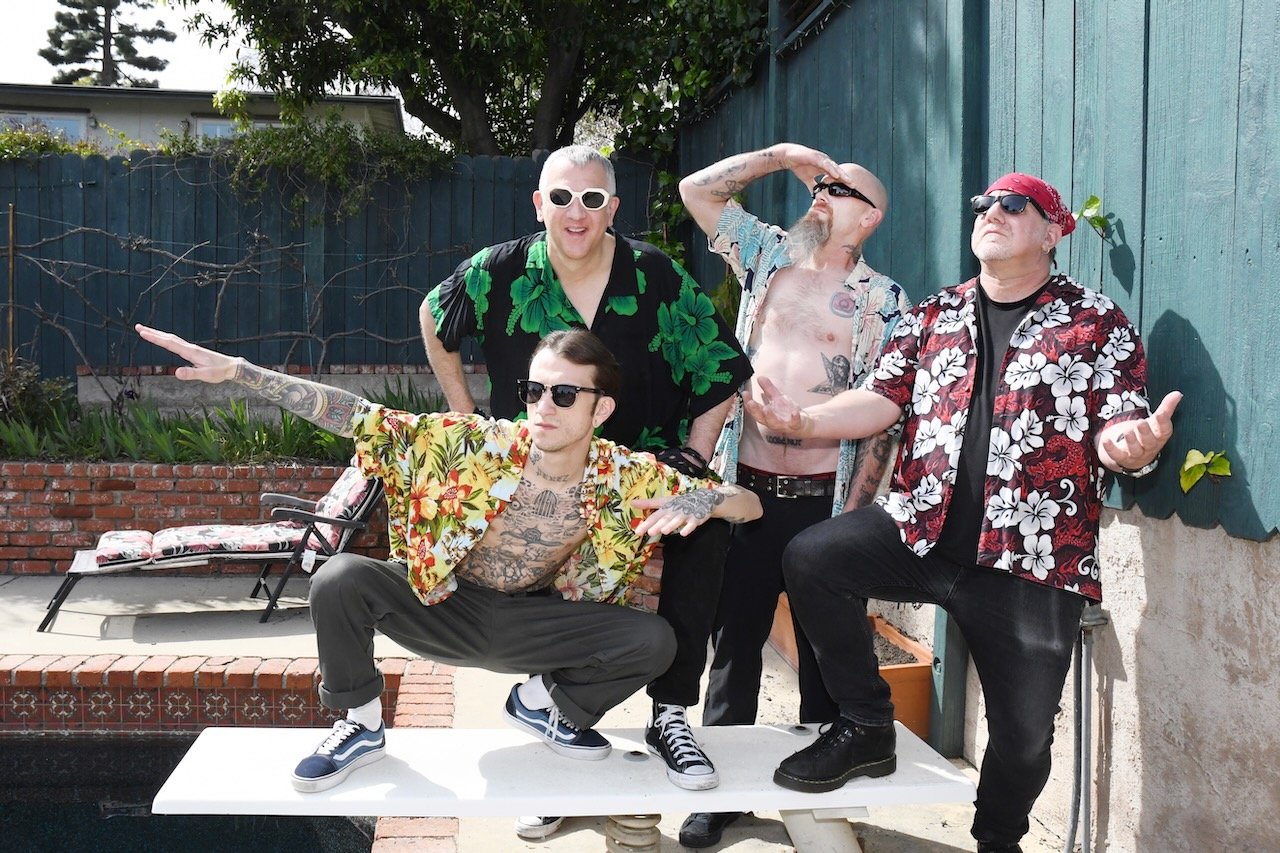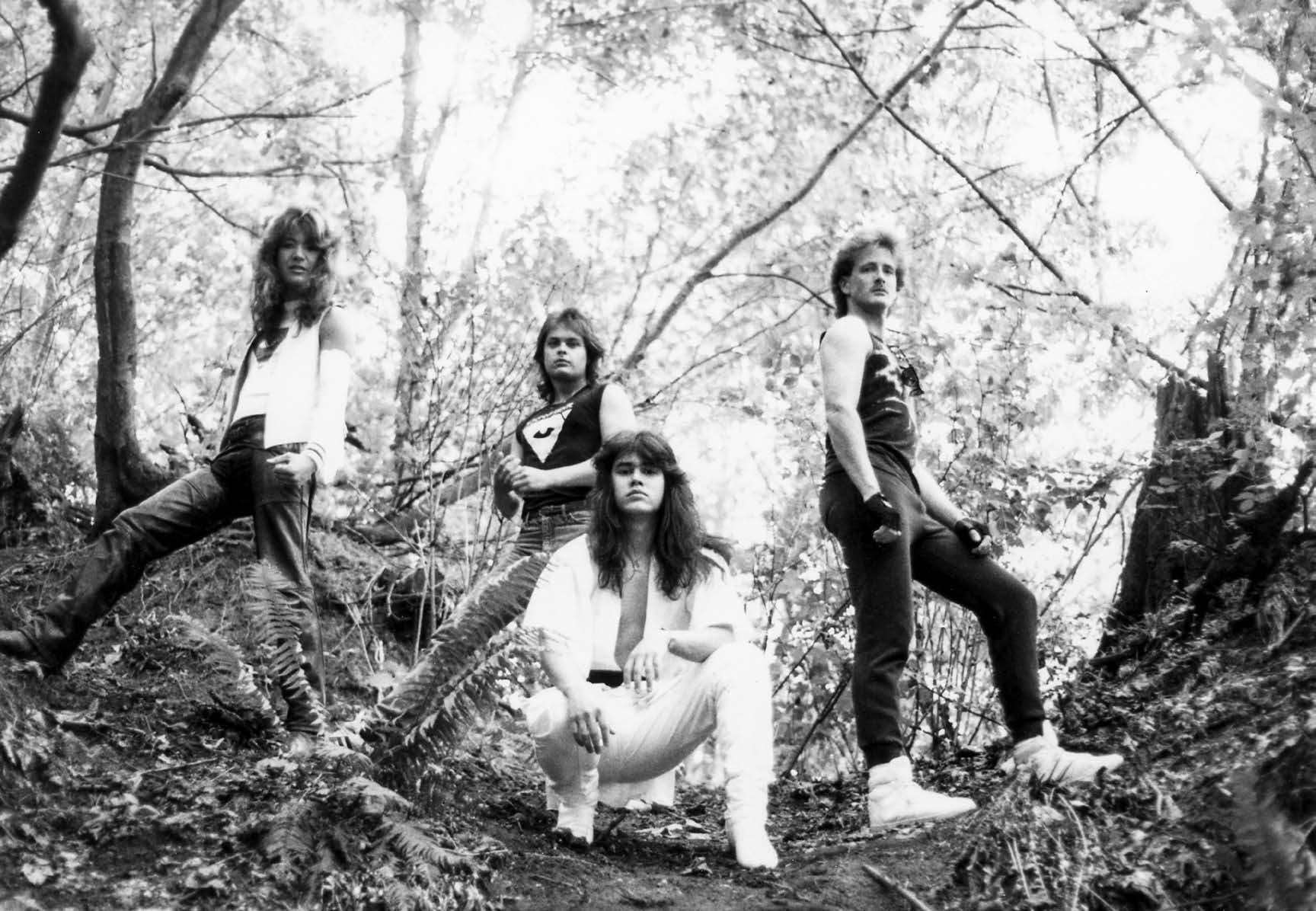Normil Hawaiians | Interview | Return with ‘Empires into Sand’
After four decades of dormancy, Normil Hawaiians have returned with ‘Empires into Sand,’ a collection that feels like both a revival and a natural extension of their early 80s experimentalism.
The band’s sound has always been driven by improvisation, and this new album, recorded in the remote Scottish village of Tayinloan, allows that spirit to unfold in expansive, atmospheric ways. Drawing on ambient drones, post-punk energy, and cosmic folk influences, ‘Empires into Sand’ is an immersive experience, threading together old and new ideas with a sense of deep introspection.
“The state of the world was definitely an influence lyrically”
‘Empires Into Sand’ marks your first album in four decades. What was the catalyst for coming together after such a long hiatus? Was there a specific moment or event that made you realize that the time was right?
Noel Blandon: While we remained friends and never split up, it is true to say we were on hiatus—for 30 years! We had not worked together collectively during that time, and we were living in various places: Wales, Scotland, and England.
Guy Smith: In 2014, I was contacted by Chris Tipton, who runs Upset! The Rhythm records. Chris had found our first single, ‘The Beat Goes On,’ in a second-hand record shop and loved it. He tried to buy the albums, but they were hard to find and very expensive because they had been discontinued. He bought them anyway and liked them, so he contacted me to ask about re-releasing them. He was pleased to discover that we had an unreleased album from 1985, and that was the first record we put out on Upset! The Rhythm. The other albums followed. The response was very positive, and it encouraged us to start playing together again, which inspired us to create new music.
How does ‘Empires Into Sand’ reflect the journey you’ve been on as musicians and individuals over the past four decades? In what ways do you feel it’s a continuation of your earlier work, and where do you see it as a departure?
Simon Marchant: We have all moved on as individuals, and of course, we have much greater experience, both in music and life. More than anything else, we have much more involvement in the production side because we self-record and produce now, and we have a greater understanding of how to realize our musical ideas. Rural life has given more of a folk influence in the music, although that has always been there— for example, with ‘The Battle of Stonehenge’ from ‘Return of the Ranters.’ Zinta and I were both in the Canterbury band Jacobs Ladder back in the early 2000s, playing a mixture of world and traditional folk tunes, original songs, and covers of artists such as Sandy Denny and Nick Drake.
Guy: I’d started traveling and busking, playing mainly Irish folk, but also some Hungarian, Klezmer, and other stuff. I’d seen a couple of women juggling fire on stilts at Stonehenge, which totally fit in with the traveling lifestyle. The flame was lit, and fire juggling eventually took over for me as a way to make a living, performing street shows in Japan for quite a few seasons. But I continued singing a cappella in clubs and pubs, so it was exciting to get the Hawaiians back in the studio again— and now as a 7-piece with a whole load more influences!
Alun “Wilf” Williams: Our approach has remained inasmuch as the music is still a combination of improvisation and composition.
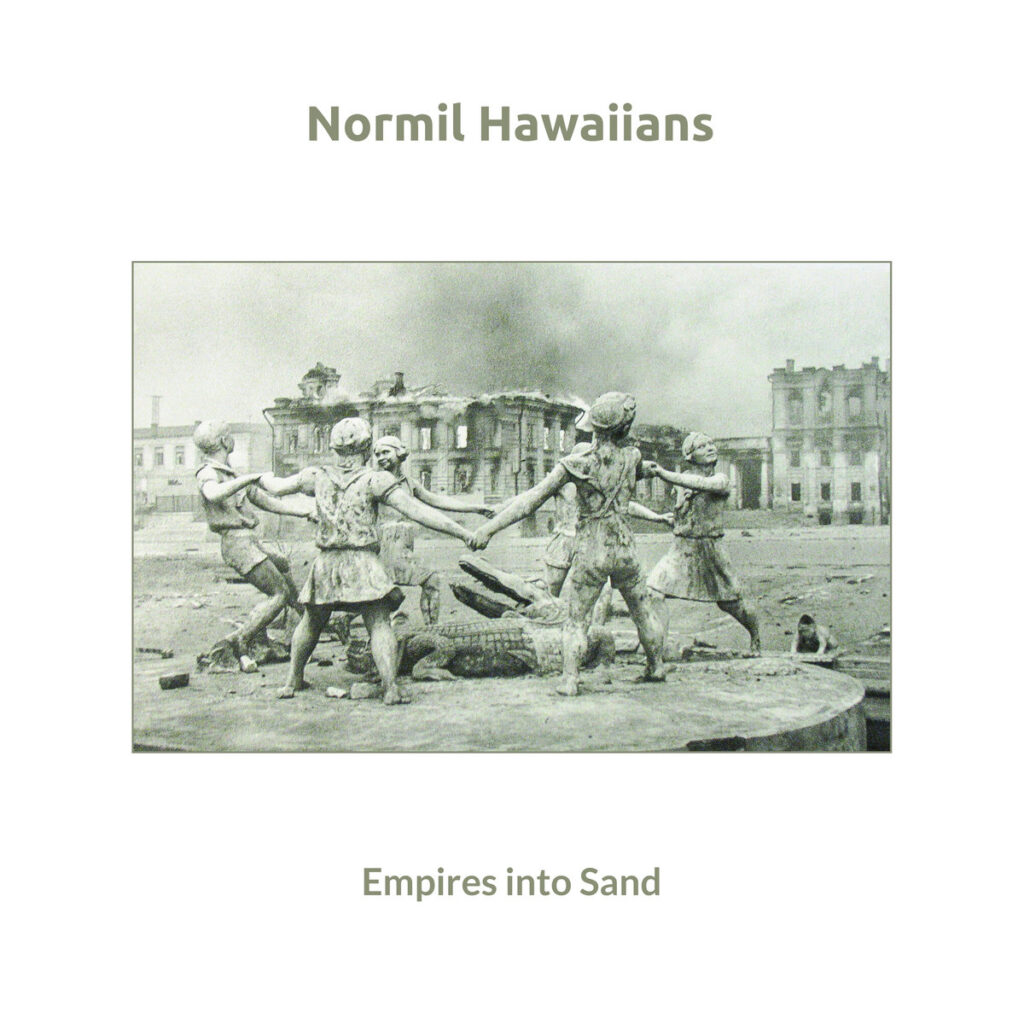
The album has been described as a “kaleidoscopic swirl” that bridges past and present. How intentional was this fusion of time and sound, and what were the influences—both old and new—that shaped this record?
Simon: It was very intentional for us to use a combination of old and new material. During the recording of ‘Empires Into Sand,’ we also produced a one-hour continuous piece, which was broadcast on Dublab De (a radio station based in Germany), and this gave us the opportunity to experiment with the fusion of sounds, threading everything together and segueing with sounds such as radio interference that we use as ‘sonic glue’ on the album itself. So, the influences were our own unused 4-track recordings.
Noel: Ennio Morricone, believe it or not, was influential on the initial recording sessions.
Guy: The state of the world was definitely an influence lyrically. We revisited the older unused recordings as a starting point because we felt there was some unfinished business there—good music that deserved another chance. For example, ‘North Atlantic’ on the new album directly leads on from ‘South Atlantic’ from our second album, ‘What’s Going On.’ So, there was a definite sense of carrying on from where we left off.
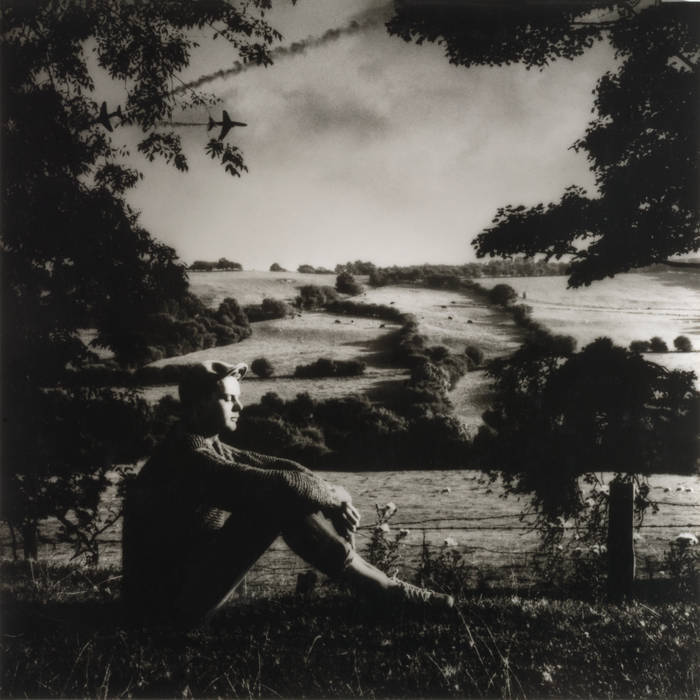
“We wanted to maintain a lot of the extemporaneity in the way we have always done”
Comparing ‘Empires Into Sand’ to your legendary early albums, such as ‘More Wealth Than Money’ and ‘Return of the Ranters,’ how do you feel your sound has evolved? Are there specific aspects of your earlier work that you consciously wanted to bring back, or did you focus more on exploring new directions?
Simon: We wanted to maintain a lot of the extemporaneity in the way we have always done, but we were also keen to explore the opportunities available nowadays to music makers.
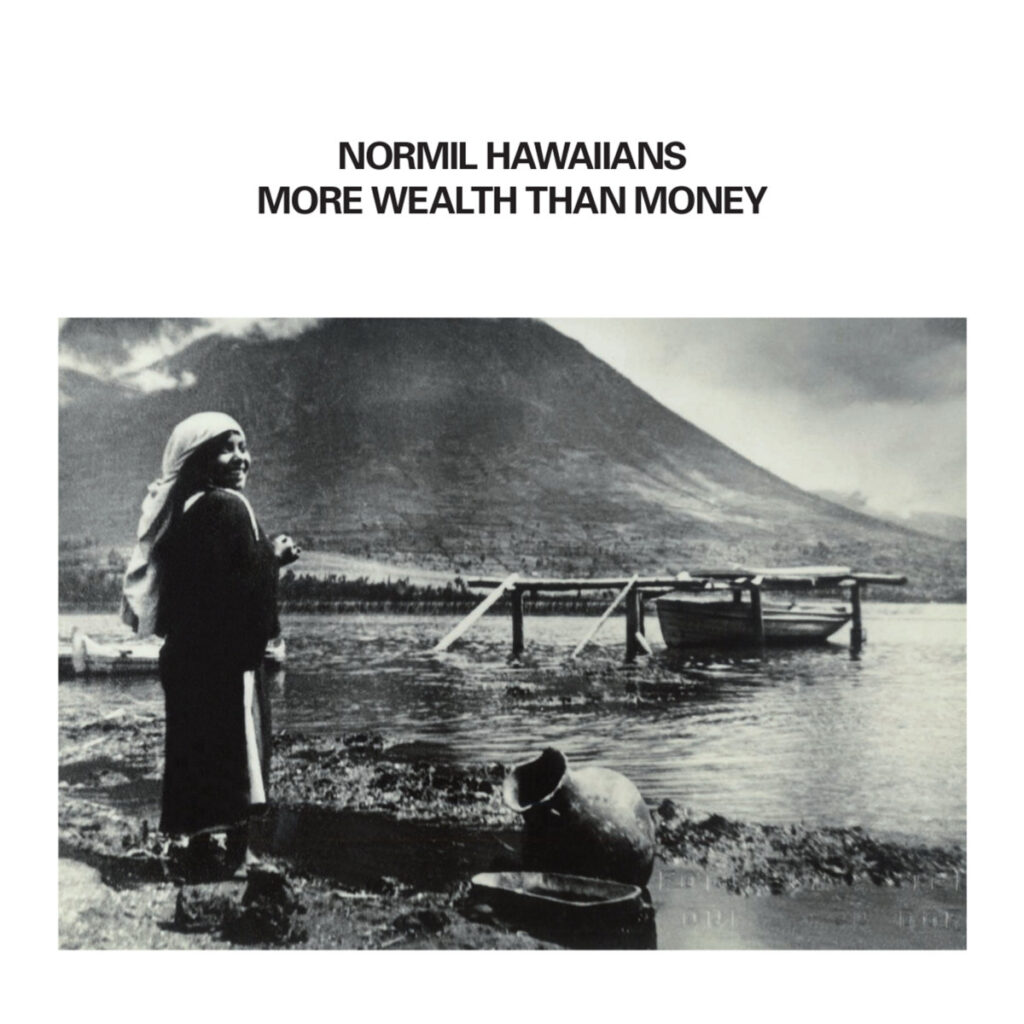
Guy: We certainly used more field recordings this time—interesting sounds we have gathered over the years, and some that are disappearing. Mobile recording is so much easier now, and Simon, who led the production of the record, was able to manipulate those sounds in a way that would not have been possible in the old days. For example, when we were doing the first phase of new recordings in Tayinloan, Scotland, Simon recorded the insistent wind and waves where we were staying and processed them to make music with them.
Noel: As we said before, we also used outtakes from our old recording sessions, too.
Your earlier records were deeply intertwined with the socio-political climate of the time. Do you see ‘Empires Into Sand’ as similarly reflective of today’s world? What themes or ideas did you find most compelling to explore this time around?
Guy: A lot of the lyrics are a veiled critique of the establishment’s thinking, so that much hasn’t changed over the years. But I also wanted to include some themes of hope and positive thinking, so it’s not all doom and gloom. ‘We Stand Together’ is a reflective piece on how my life has changed, but I didn’t sit down to write it with that in mind. ‘Bedford 330’ is a positive song about an interesting and joyous time spent travelling.
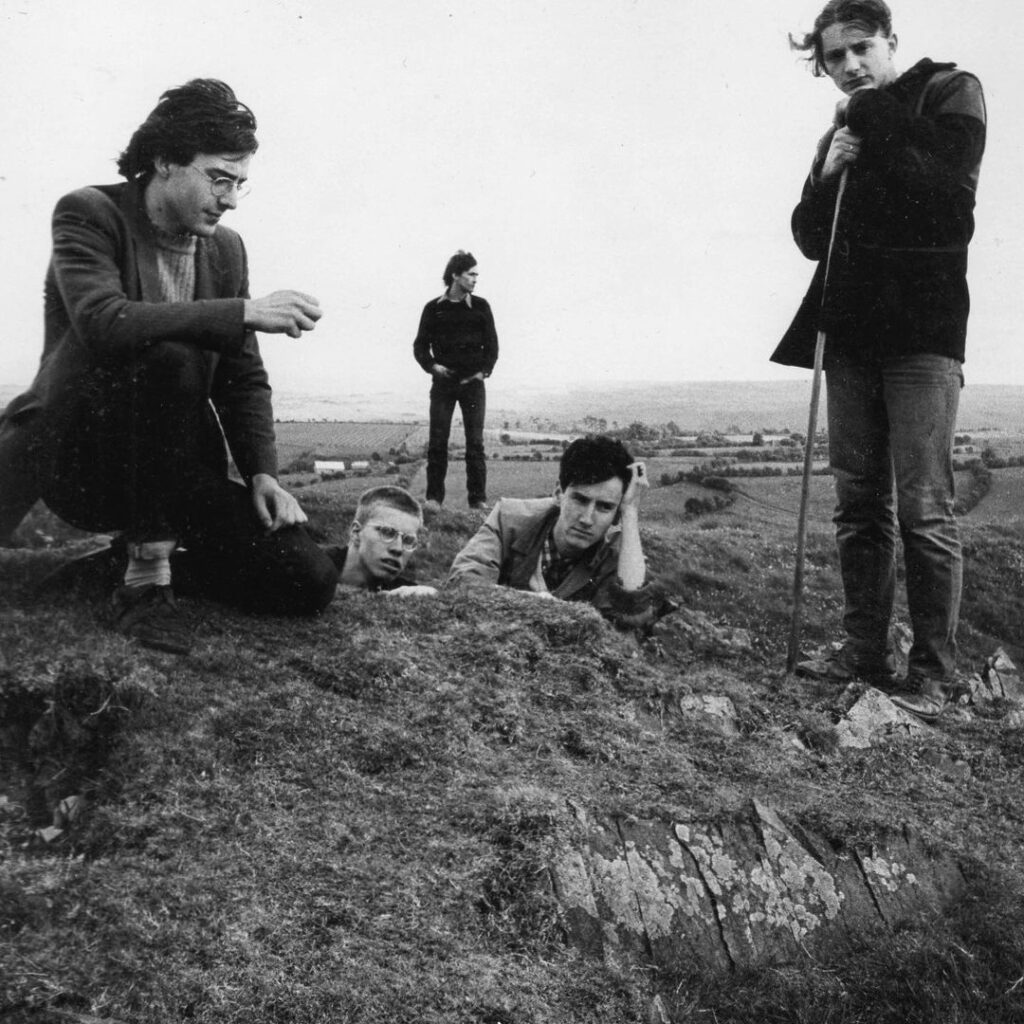
Simon: We’ve all been through a lot over recent years and experienced things that typically affect you more as you get older, specifically the loss of loved ones. That does influence your thinking. ‘Back Home To The Stars’ and spoken words from Mark in the band (who passed away in 2022) typify that.
Noel: I feel there is a more humanist and personal tone to the lyrics on the new album. Since the first album, we’ve had another 40 years of life and all that it throws at you, and it’s captured on ‘Empires.’
Wilf: We have always written from experience and observation of the changing world around us. Memories, too. It all gets into the mix.
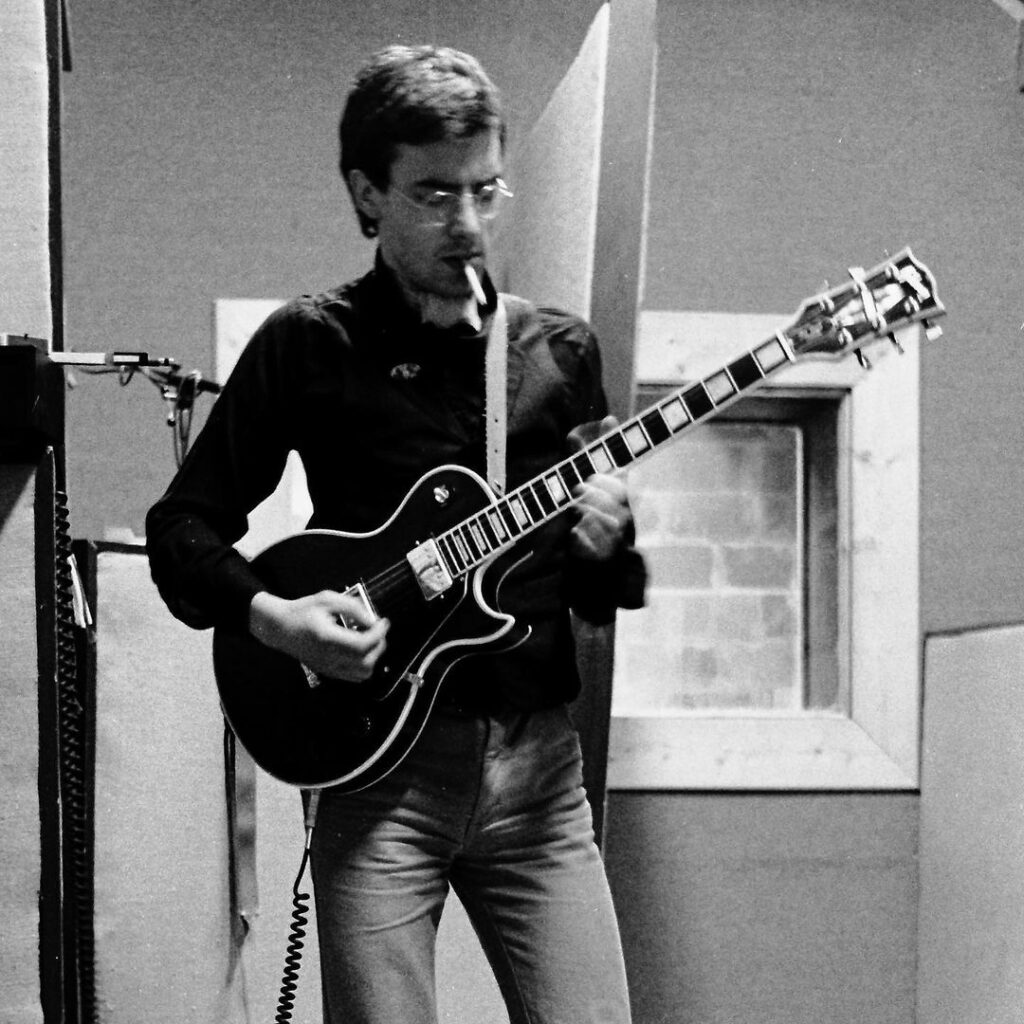
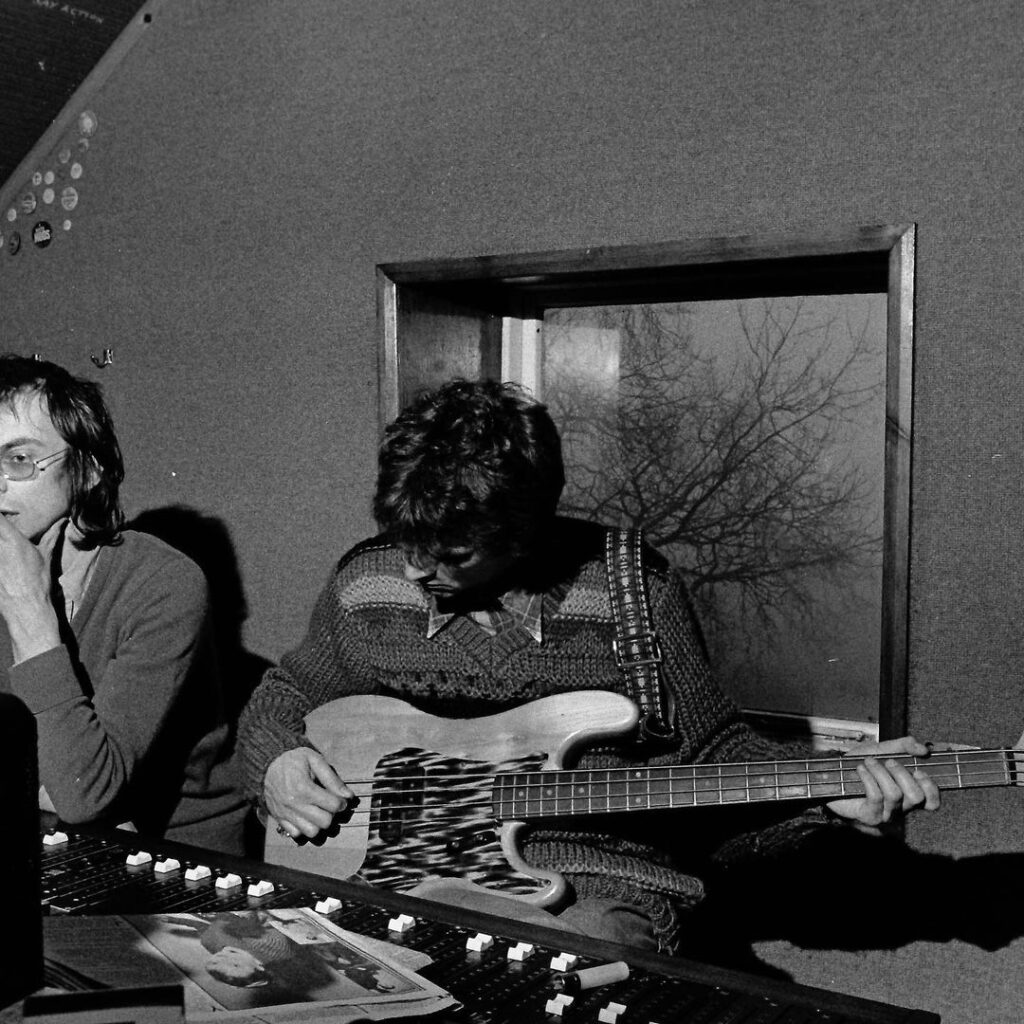
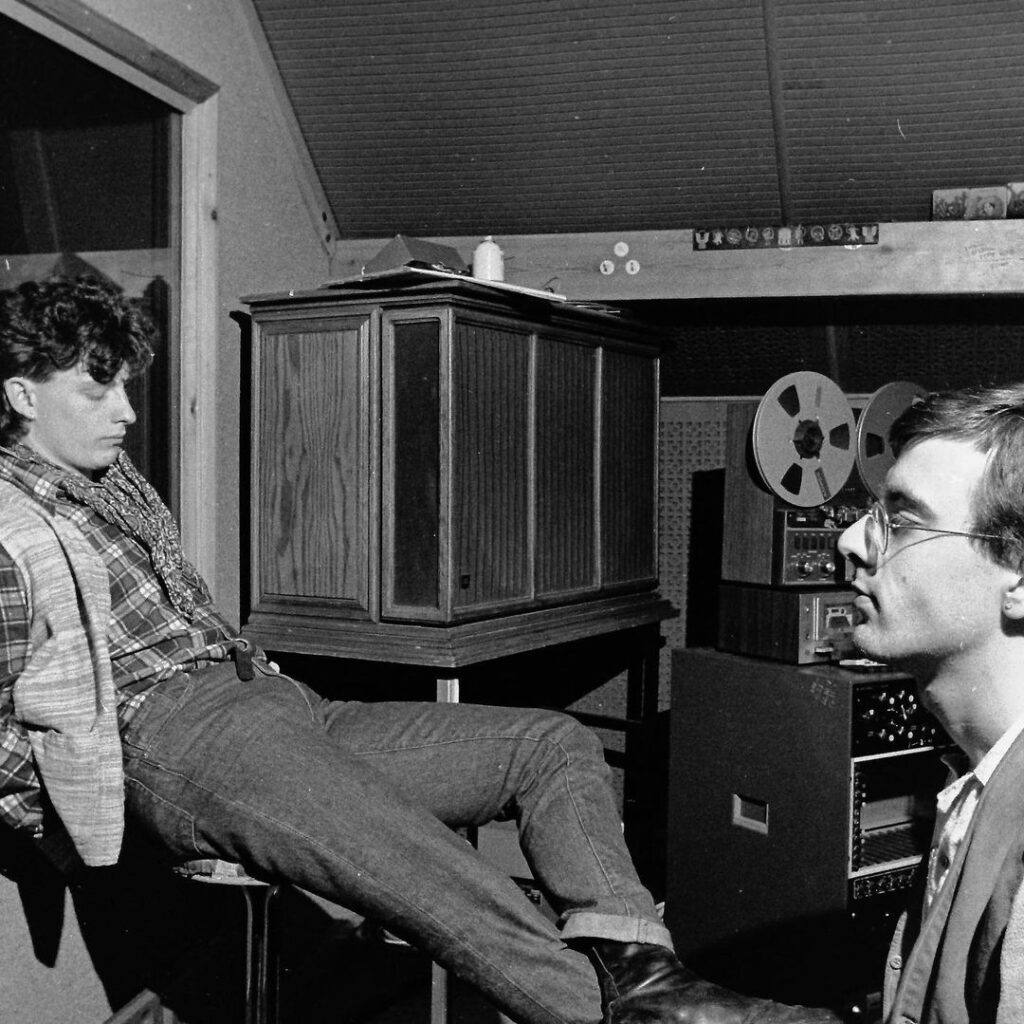
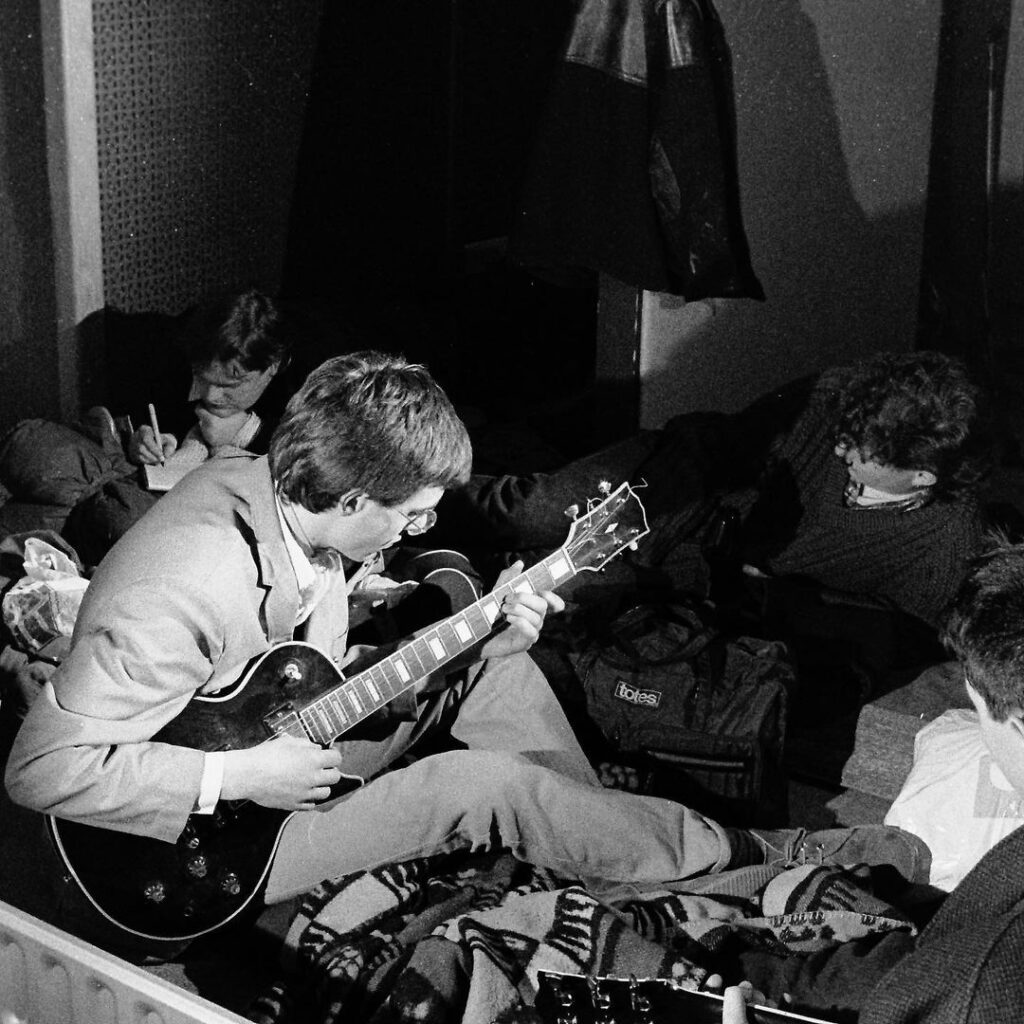
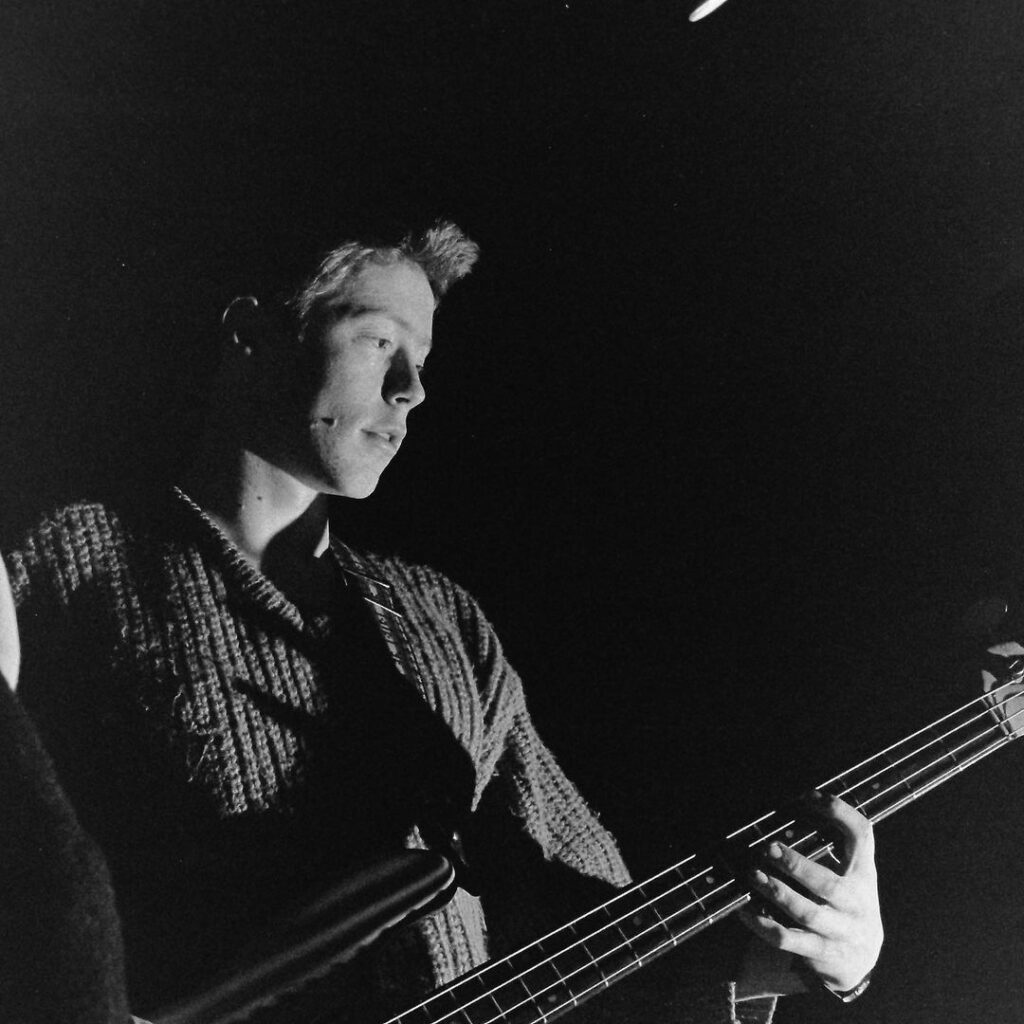
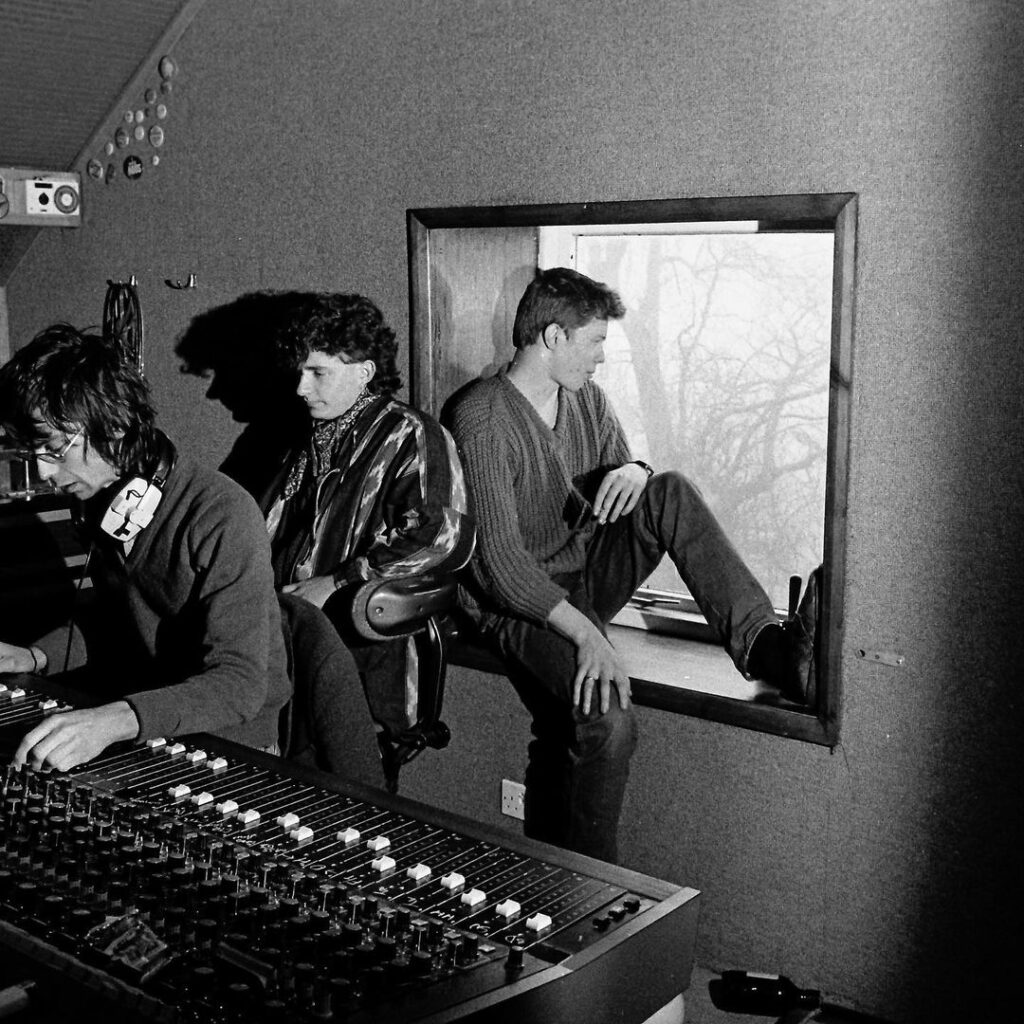
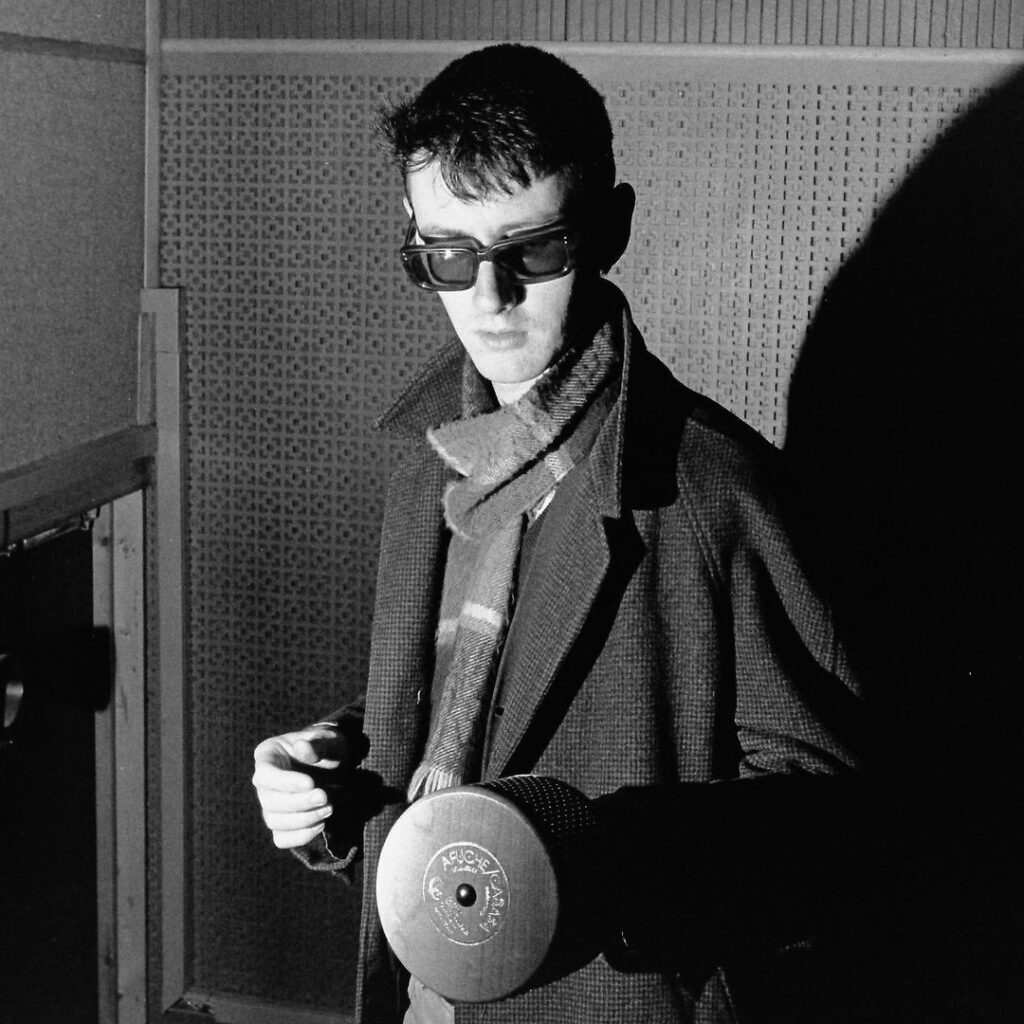
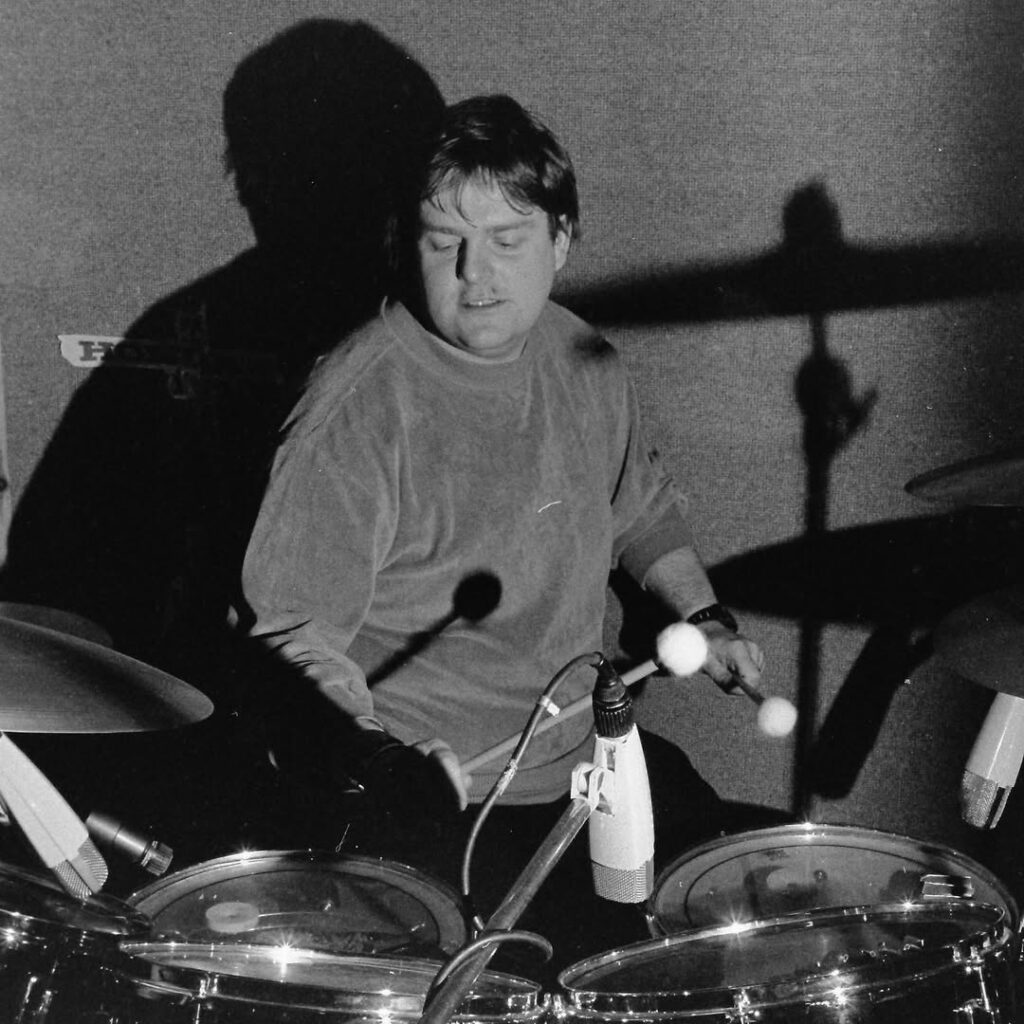
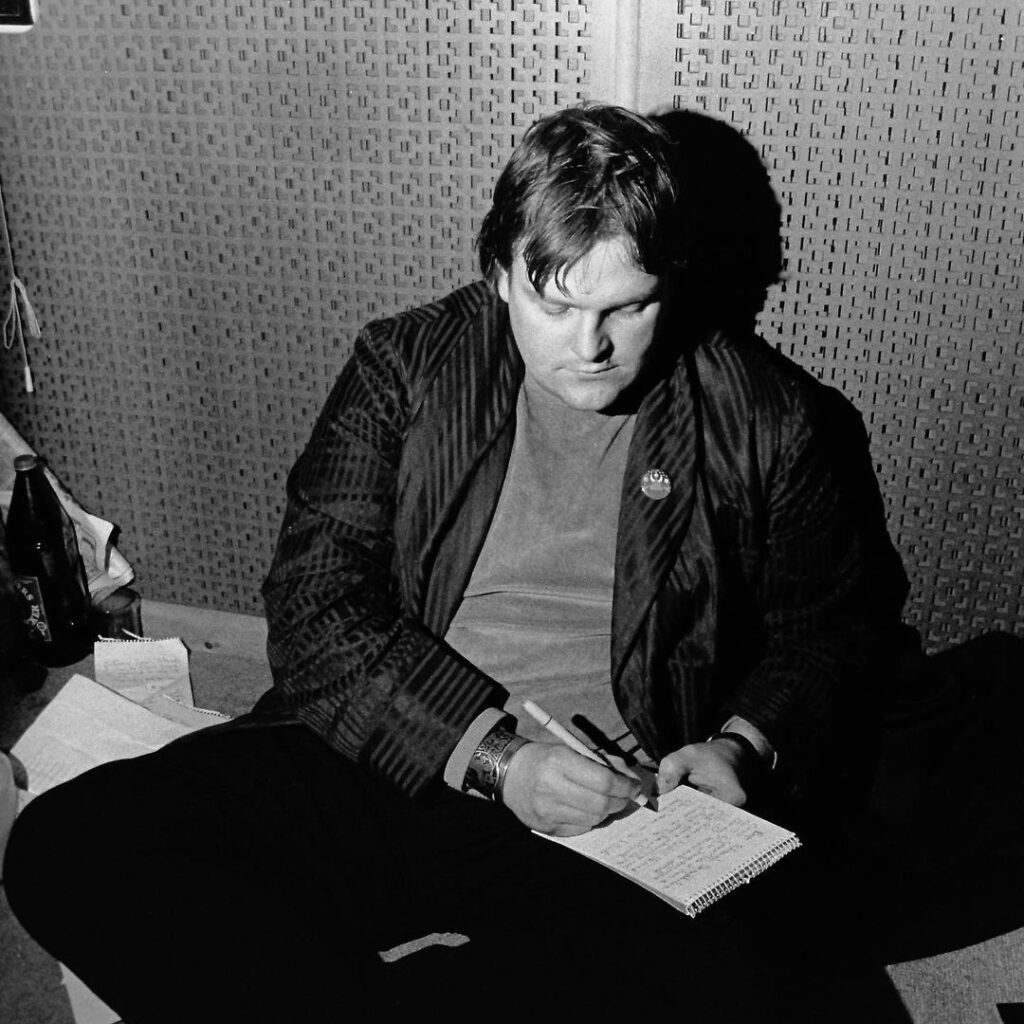
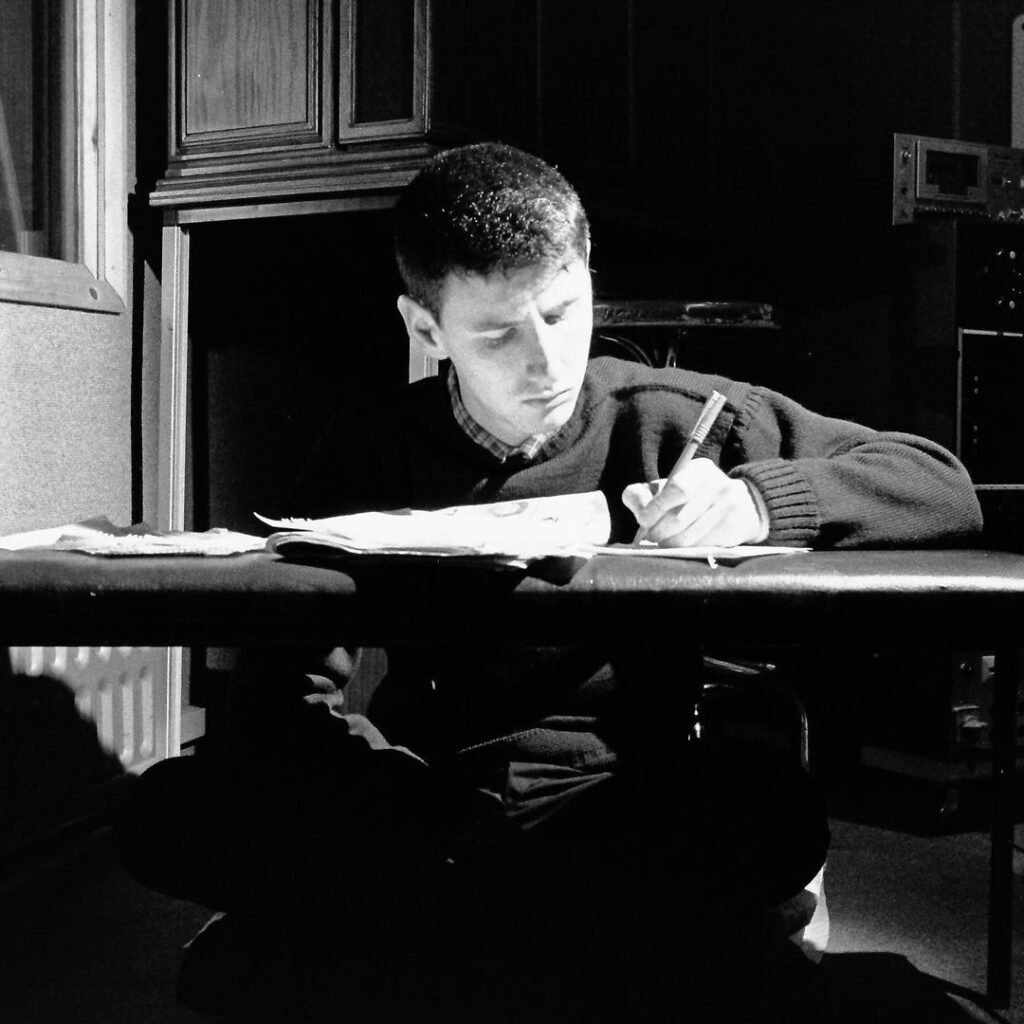
Improvisation and nuance have always been crucial to your music. How did your approach to these elements differ during the creation of ‘Empires Into Sand’ compared to your earlier works? Were there new challenges or discoveries in this process?
Noel: On our earlier records, our improvisations were left largely intact with a few embellishments, but our music today uses the improvisations as a starting point to generate ideas and then re-model them. Modern recording techniques make this possible.
Simon: The older recordings were about their spontaneity and were often about what happened in that time and in that place. We were not chasing perfection, and that approach helped define our sound. We were living together or close to each other, but now we are living all over Britain. We have found other ways of doing things. For the new album, we spent many weeks during the process getting together and recording, but we can now also work and share remotely, adding parts and sending them in.
Wilf: For example, I recorded some flute pieces at home and sent them to Simon to include. Technology makes this possible as we aren’t confined to one studio for a fixed period of time. The possible downside to this is that it can be harder to decide when something is finally finished!
Guy: A big change was Zinta joining the band, principally on vocals. We spent a lot of time on the vocal performances for the new album, much more than in the past when I usually sang alone. With Zinta, I found we were able to bounce ideas off each other and harmonize and layer in a way we hadn’t been able to do in the past.
Simon: Zinta’s approach to songwriting has also given us a new dimension, and a good instance of that is ‘In The Stone.’
Looking back at the formation of Normil Hawaiians, how did your early experiences—both personal and musical—shape the band’s ethos and sound? Were there specific influences or events in your youth that ignited the desire to create music?
Guy: For me, I remember going into my local record shop as a kid and hearing Hawkwind for the first time, and T. Rex too, and being so excited. Driving through Brixton and hearing ska and bluebeat. But I never thought of being in a band until punk came along, and I realized anyone could do it, and fuck the establishment. I realized we could do whatever we wanted, and when punk quickly imploded, I was hanging out with Jim Lusted and Janet Armstrong, and we decided we wanted to still make music, but something different from punk. Punk was dead. It had gotten destructive with factions and right-wingers, skinheads, Oi bands, and mods.
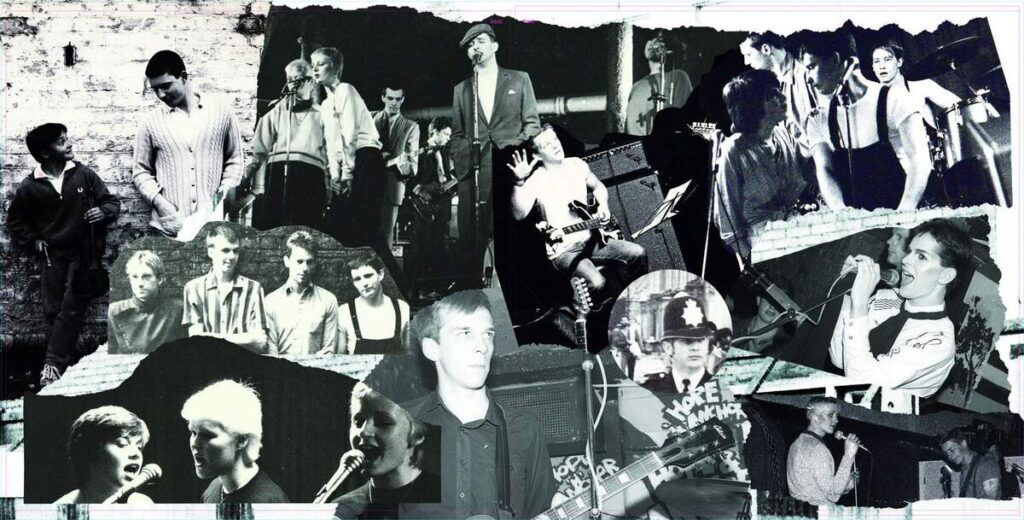
We were looking more to Zappa, Beefheart, and Faust. The first song we did was ‘Dark World,’ which is still just about my favorite Normil Hawaiians song.
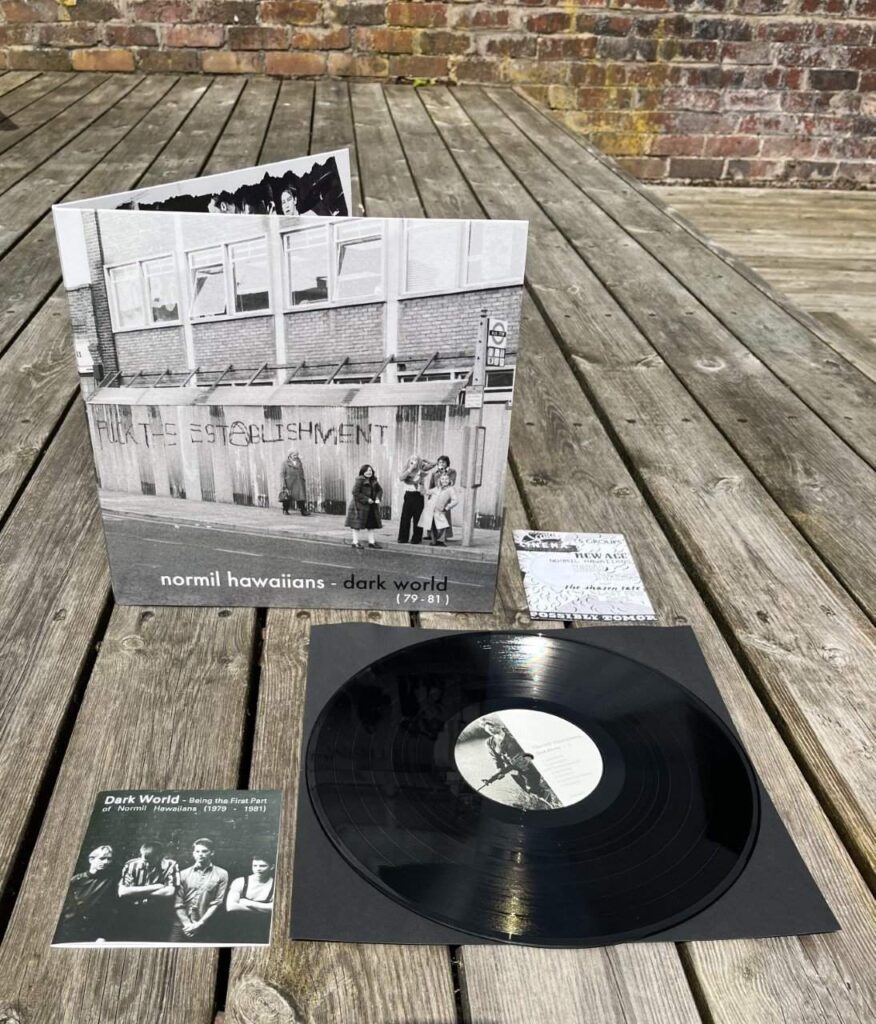
Simon: I was a young socialist at the time, and politics in music was important. I’ve always been fascinated by sound—I can recognize voices more easily than faces—and although I didn’t have a musical background, it seemed reasonable to use sonic means as expression or to create art, as that was what made sense to me.
Noel: Again, inspired by punk, my brother started a three-piece band with him playing bass and his buddy playing guitar, and they needed a drummer, so I got to learn to play drums!
Wilf: Punk again. The idea that anyone could play. I won £25 on a lottery, and a friend had a bass for sale, so that was that. I broke one of the strings shortly after buying it, and it stayed with three strings on for some time after that!
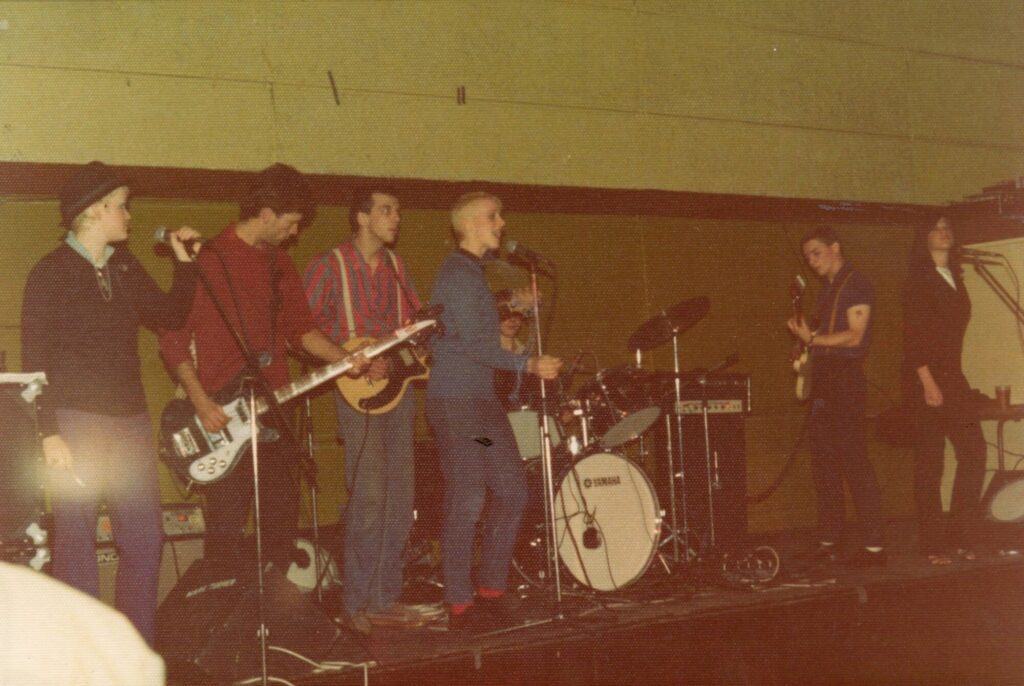
Many bands from your era came out of tight-knit scenes or collectives. How would you describe the scene you emerged from? Who were your peers, and how did they influence or challenge you?
Noel: We all lived within a few miles of each other in South London. It was an incredibly creative time, with local bands such as Siouxsie and The Banshees, The Damned, Billy Idol, Johnny Moped, etc., so we got to know a lot of local musicians as a result. I was playing in a band with Bertie (formerly of Berlin, one of the Bromley Contingent), Peter Fenton (of Siouxsie and the Banshees), Graham McGill (of Kan Kan), and Jim Lusted (of Normil Hawaiians), and I got to know Guy, Wilf, and Simon through those connections.
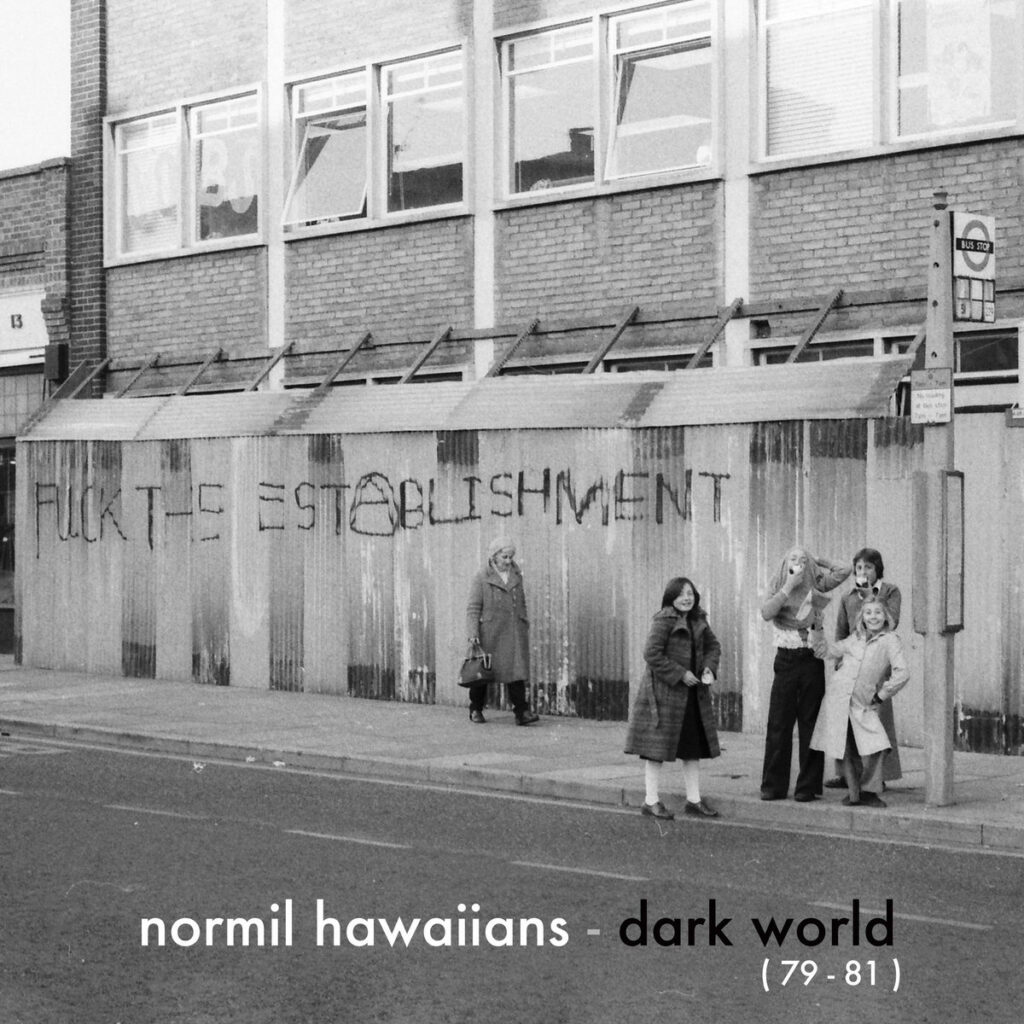
Guy: There were so many good bands around, and I started a record label (Nothing Shaking) and put together a compilation album of local talent called ‘East of Croydon,’ which, as the title suggests, focused on artists local to where we lived. There were some great songs on that from creative bands that had grown out of the punk scene. We played a number of gigs locally at that time with many of those bands, but we moved away from that scene as our music changed and grew.
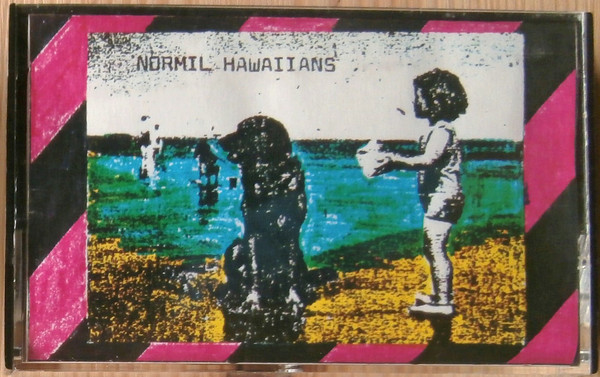
Before Normil Hawaiians, were any of you involved in other musical projects or bands? If so, how did those experiences inform what you eventually created with Normil Hawaiians?
Simon: I played in Greenfield Leisure, and the bulk of the band’s work was based around long, extended, and often all-night sessions. Traditional musicianship was optional, and anything that made a sound could be used as a musical instrument, and that led neatly into the direction Normil Hawaiians was going.
Noel: As I said before, my background was in punk bands, and that led to my involvement with other local musicians, which ultimately led to Normil Hawaiians.
Guy: Likewise, I played with a band called The Tarts, which included Max Splodge of Splodgenessabounds as well as Jim Lusted. Jim and I decided to break away to do something less conventional, and Normil Hawaiians came from that.
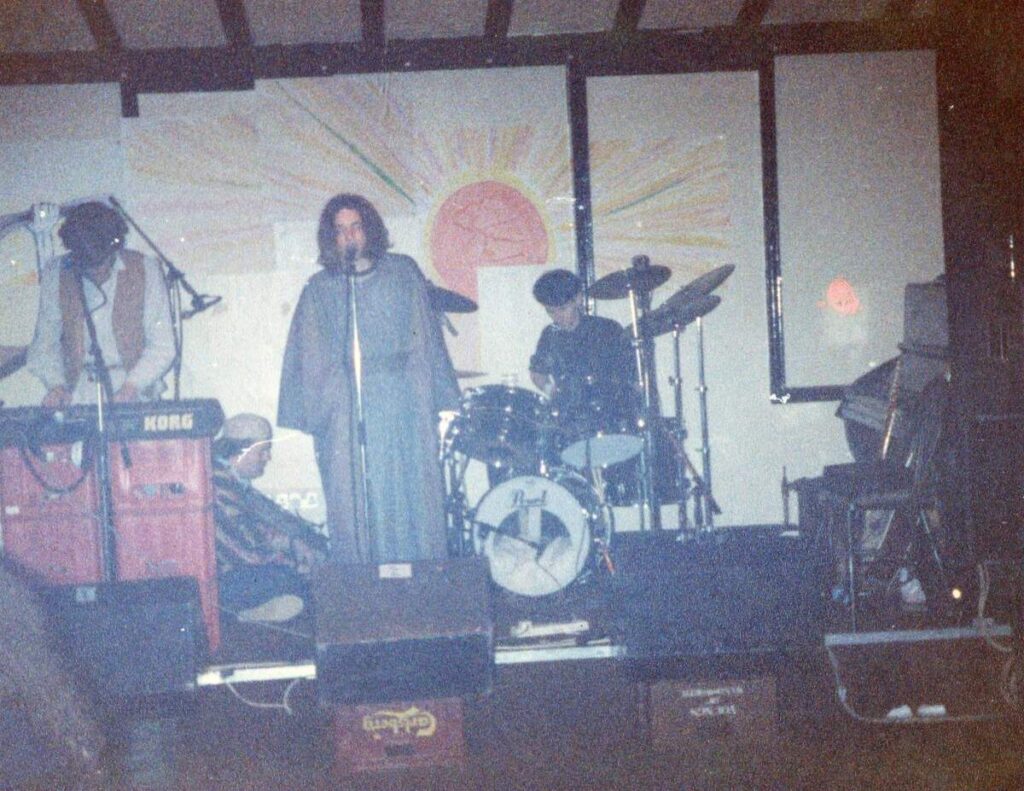
Who came up with the band’s name, and is there a story behind it?
Guy: I wanted to disassociate from the punk look and started wearing Hawaiian shirts. I went to see the Tarts’ old sax player, The Famous Delfonso (Ray Archer), and when he opened the door, he said, “It looks like a normal Hawaiian.” So that was it, the new band name! I learned later that Ray was quoting from a Bonzo Dog Doo-Dah Band lyric. Putting the “I” in Normil was to personalize the name.
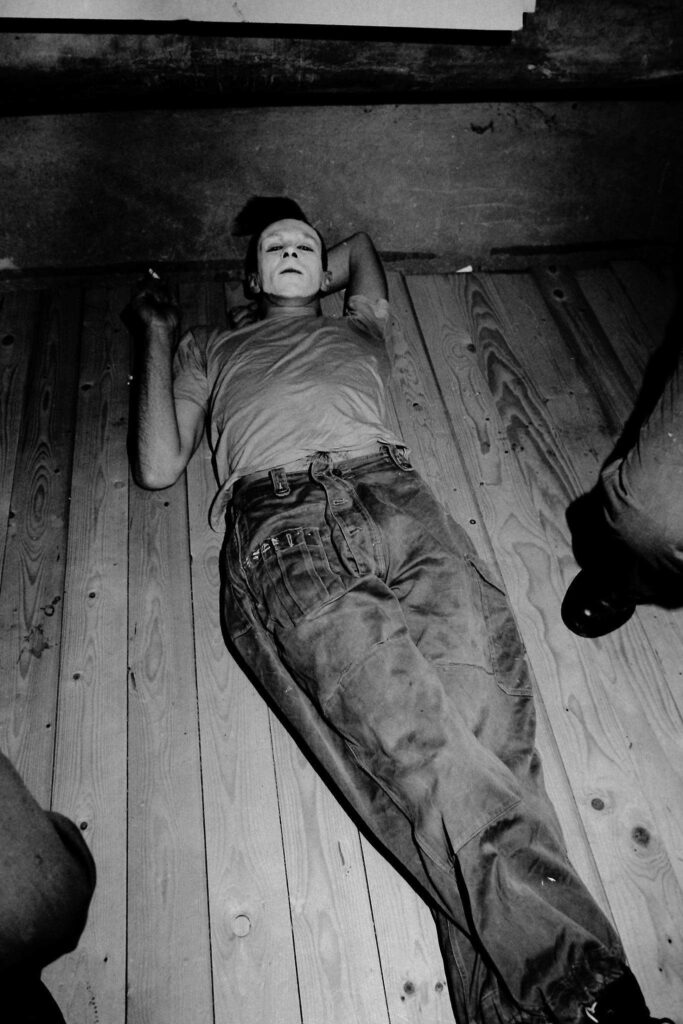
What was the scene like back then?
Noel: As we’ve said, it was an exciting time, and so many people we knew were getting into playing for the first time. But punk, which was determined to unseat the gods of rock at that time, became a prison, and we had to break away from that. Outside of the Hawaiians, I was playing nightclubs such as Whisky-A-Go-Go, Heaven, and also Cabaret Futura. The scene was morphing into what became New Romanticism, and I was happy to leave that behind to take on something more challenging with Normil Hawaiians.
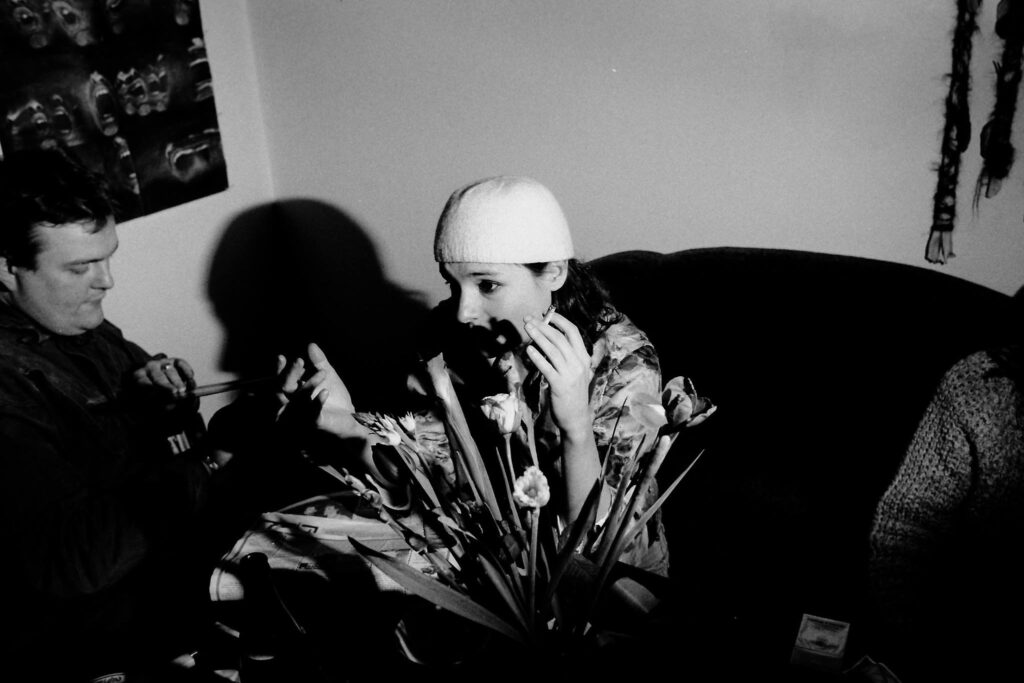
What venues did you play, and what bands did you share stages with?
Guy: The Scala, Queens Head in Brixton, and Merlin’s Cave immediately come to mind. We played with bands such as Kan Kan, The Thompson Twins, Lemon Kittens, Shrink, Lene Lovich, Wreckless Eric—bands that were playing around London.
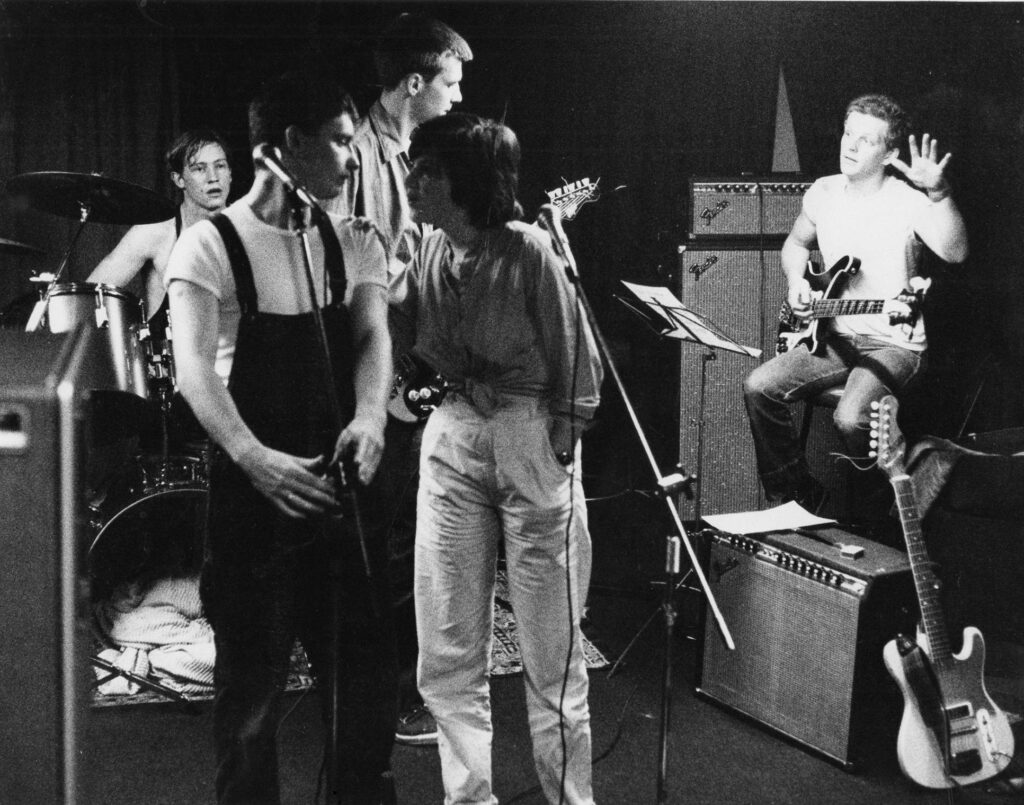
What would be the craziest gig you ever did?
Guy: It was when we played a couple of gigs in Switzerland and headlined a festival in Basel after we were largely blanked in England. I’d called out a journalist from Sounds music paper about racism, and our press in the UK turned sour at that time, so it was a real surprise to be playing to such enthusiastic crowds in Switzerland, where the fans knew the lyrics better than I did!
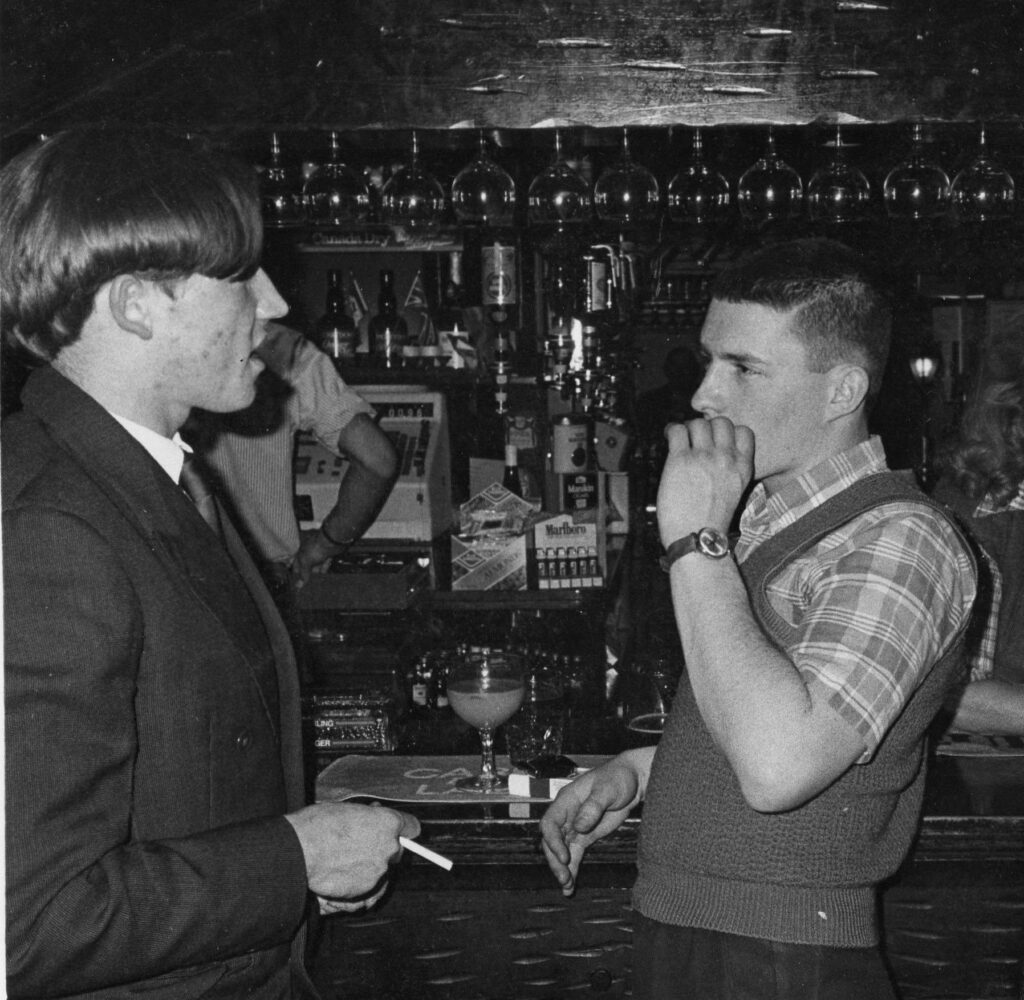
Noel: For me, it was the Rock Garden in London. We used the support band’s gear. The drum kit fell apart, and our then-bassist Cliff broke a string and just walked off the stage! It was a disaster, and they didn’t ask us back.
Simon: We played one gig for a Housing Association fundraiser in South London, and Noel and Wilf didn’t turn up, so we asked the drummer of the other band to sit in. He had only ever played reggae music and had never heard anything we had done…
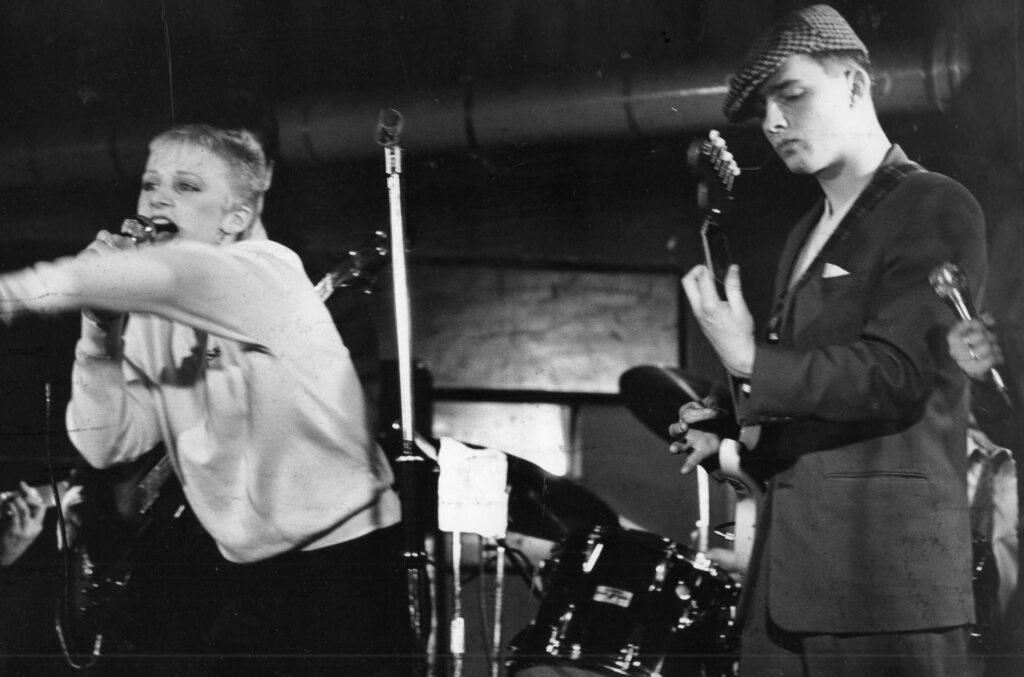
Your music has always had a strong improvisational element. Can you describe how a typical Normil Hawaiians track comes together? How much is structured from the outset versus what emerges organically during the recording or rehearsal sessions?
Simon: There isn’t a typical Normil Hawaiians track, and nor is there a formula that we use to bring a track together. We have always been keen to use whatever facilities we can, and while provenance and ethical considerations are underpinning principles of our work, we do employ a pragmatic approach to music-making rather than sticking to strict rules. In many cases, we start with an idea and improvise around that, but also, we improvise and then work on what comes out.
Wilf: As we discovered with the new album, we can go back to earlier unfinished pieces and reappraise them and rework them.
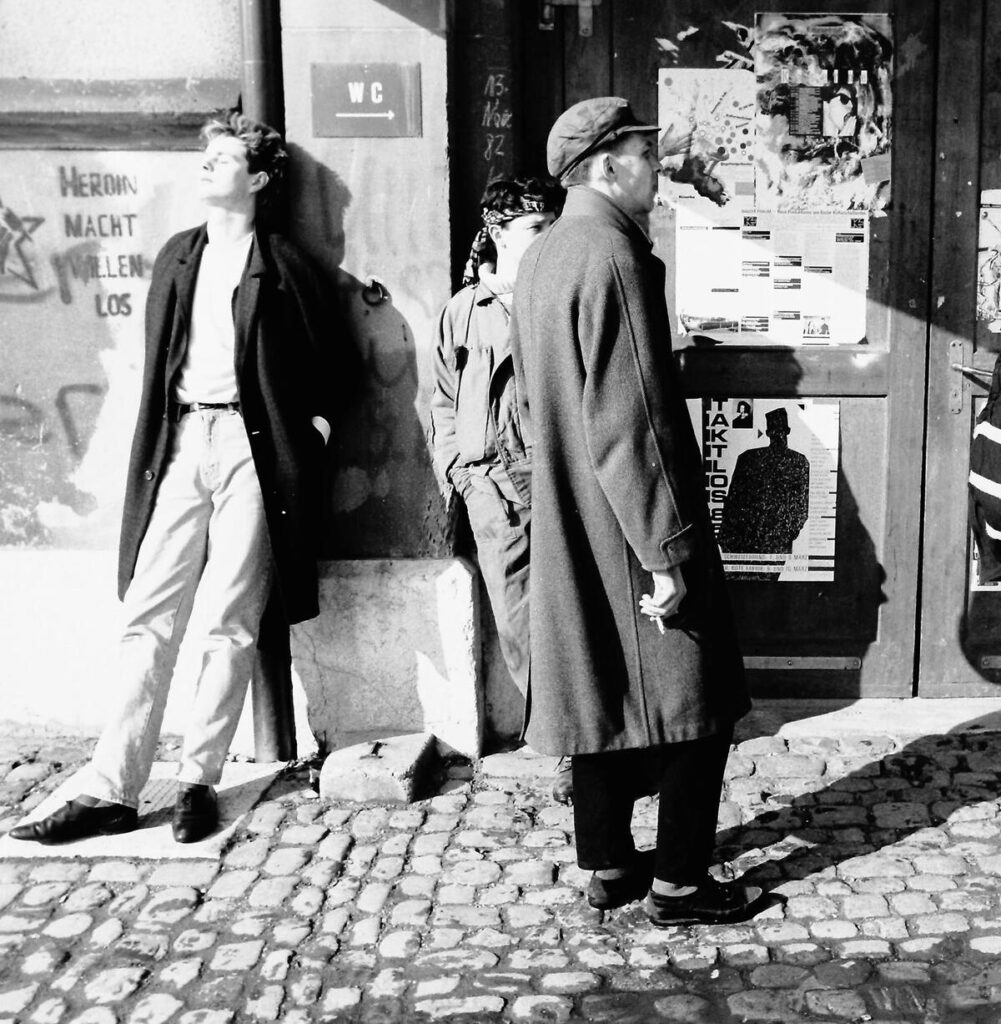
‘Empires Into Sand’ feels like a very cohesive piece of work, yet each track has its own distinct identity. How do you balance individual creativity with the collective vision of the band? Are there specific roles each member naturally takes on in the creative process?
Noel: We are very democratic, and each of us may use any instrument to contribute to our music. That said, we do tend to have “go-to” instruments and we always have: Simon with guitar, Wilf with bass and flute, me on drums, Jimmy on guitar, and Guy and Zinta on vocals. But all of our records can feature us playing different instruments. Everything we do is subject to intense scrutiny within the band. We all have strong ideas and opinions, and nothing is included unless we all agree.
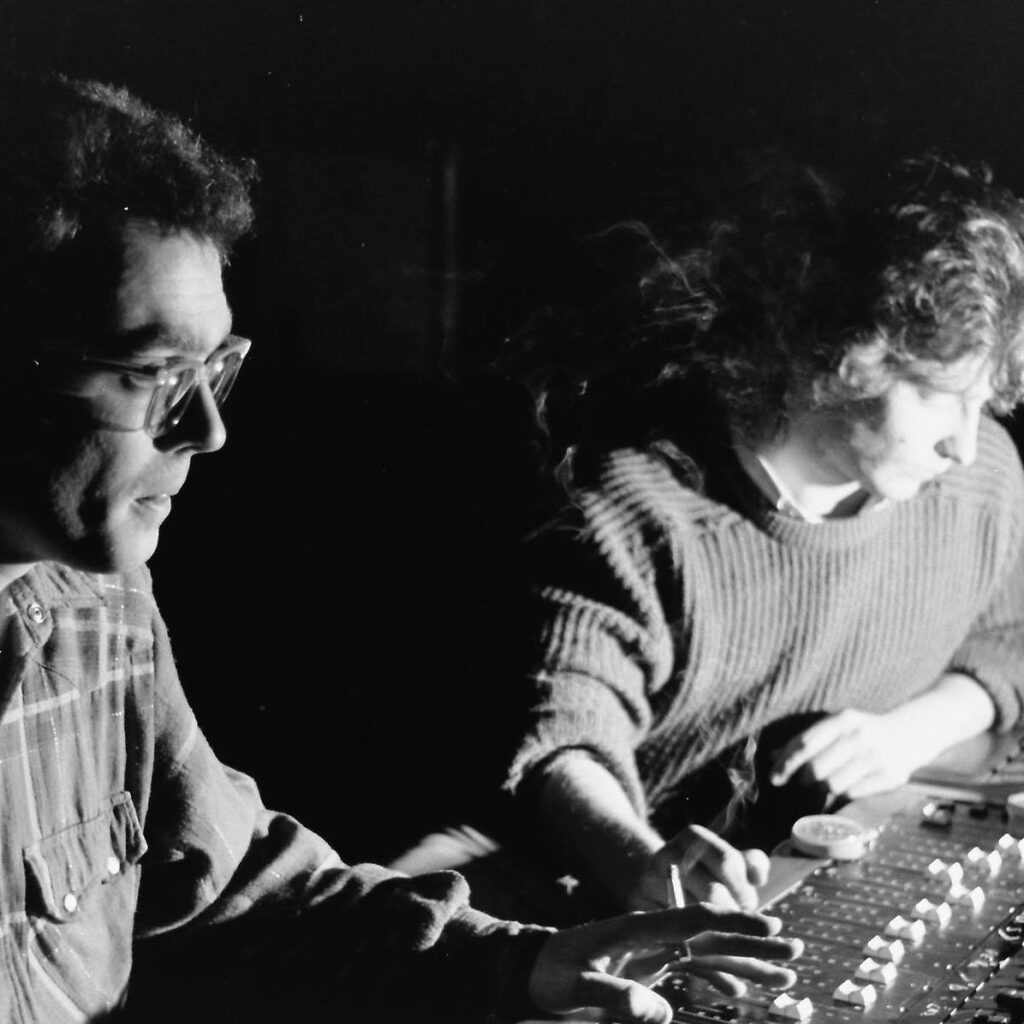
The album is full of rich textures and experimental sounds. What were some of the more unconventional methods or instruments you used on this album? Were there any happy accidents in the studio that made it onto the final record?
Noel: A huge amount of time and experimentation went into the recording, whether or not it is obvious when you listen to it. One example is that Simon moved some of the sounds onto cassette tape and, over a period of days, gradually exposed the tape to the elements, so the sound became increasingly degraded.
Guy: Field recordings include waves and wind from Tayinloan, manipulated to make sounds and melodies, and also woven in are things like bird sounds and street callers.
Simon: There are always a lot of happy accidents – it’s how we seem to work. There are samples from our earlier recordings and live shows that were then used to create new rhythms and melodies; I recorded every note of a church harmonium and transposed them to the studio; we used a vibraphone that was built into a shopping trolley; Esle’s FontanaMixer to mutate and generate sounds; shortwave radio recordings; sounds from the first Chinese space satellite; Sophia Poirier’s Rez Synth bandpass filter, etc. etc.
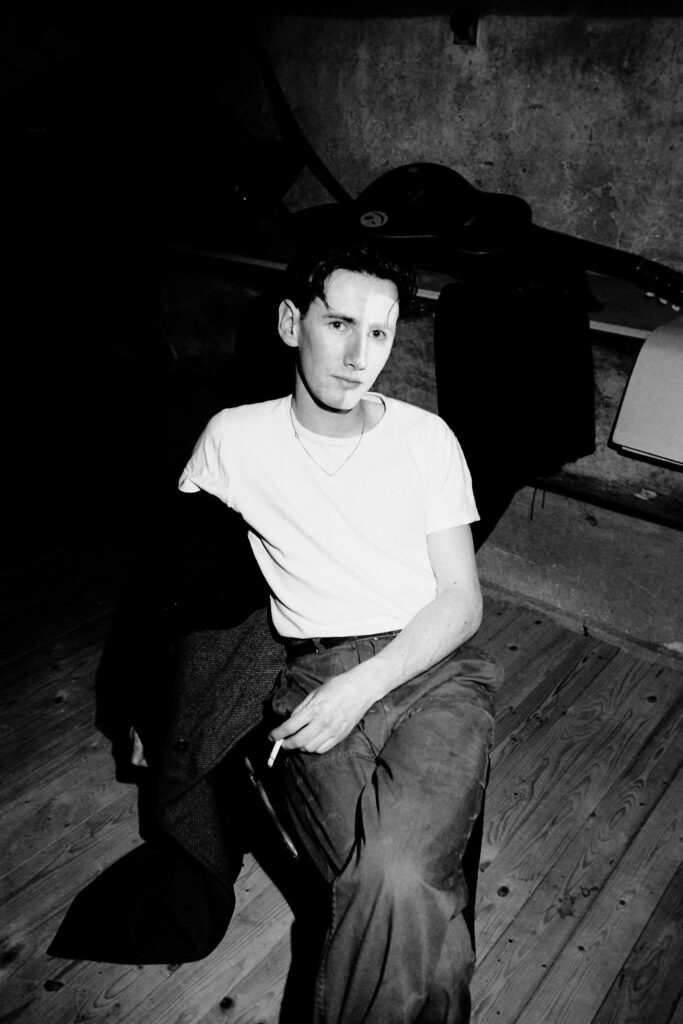
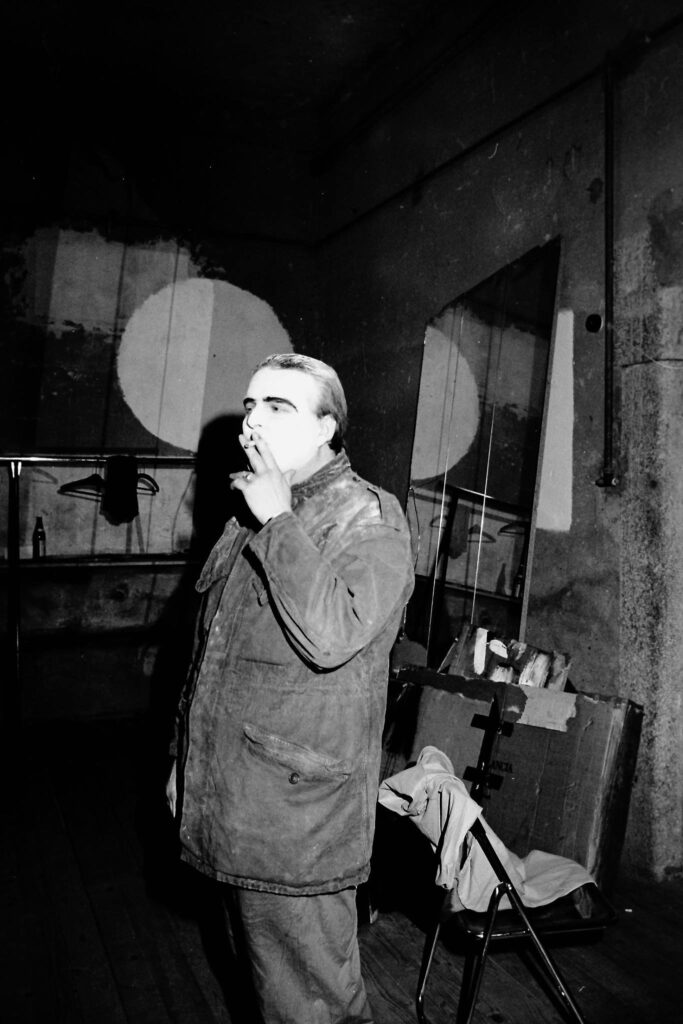
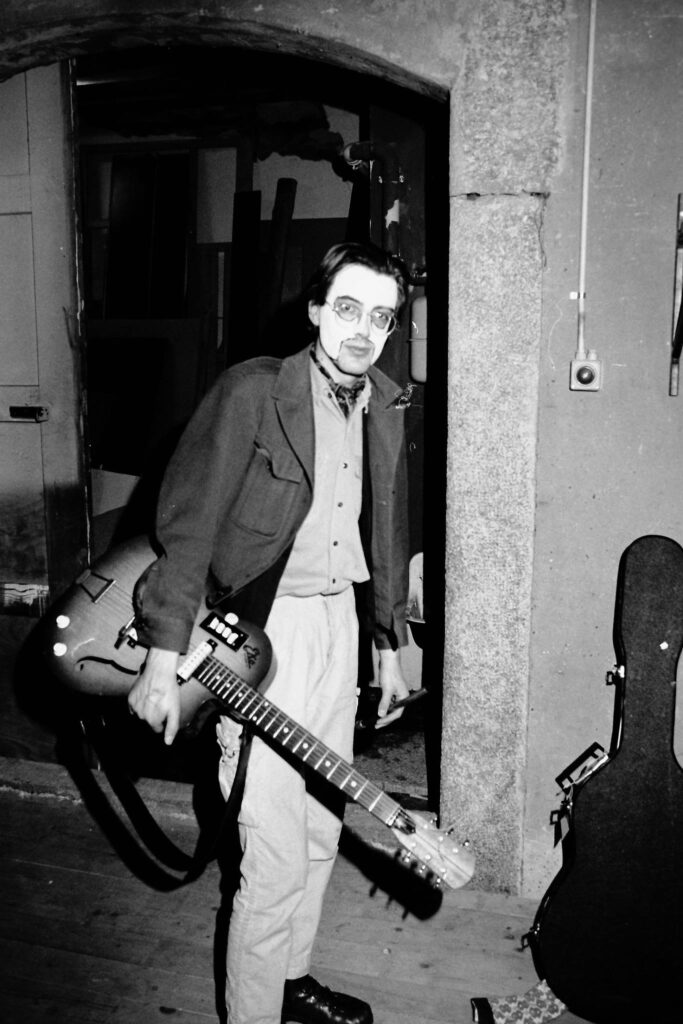
Normil Hawaiians has often been seen as a cult band with a dedicated following. How do you view your legacy? Is it something you think about when making new music, or do you focus purely on the creative process?
Wilf: We don’t consciously think of the past. When we are recording, we are thinking of now.
Simon: We don’t think of our fans or audience when we are working on new music, but there can be ideas that are worth revisiting.
Noel: What matters is whether we like it ourselves.
Guy: When we play, we try to come up with something new. The art design on the new album does tie in visually with our past releases, and that was deliberate as we wanted to build a consistent visual image that represents us.
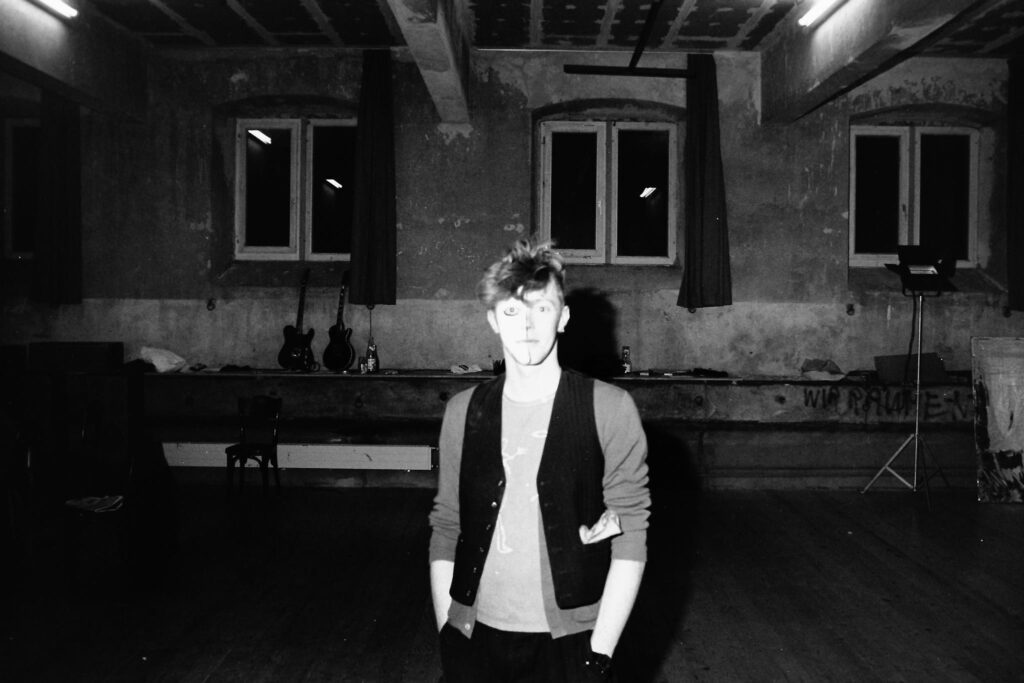
‘Return of the Ranters’ was finally released after being shelved for decades. How did it feel to see that work finally recognized? Did its release play a role in inspiring you to create ‘Empires Into Sand’?
Guy: It was so good to finally see ‘Return of The Ranters’ get released. We had tried for many years to get it out, but it got caught up in ownership problems. The original album made it as far as a test pressing on vinyl, and in 2013, we did a remaster from that, but it wasn’t good enough quality. When Upset! The Rhythm negotiated the release of the master tapes and the album at last came out, our feelings were of vindication, relief, and delight. It was very important for us as it gave us closure on the past, and the enthusiasm around its release inspired us to want to make new music.
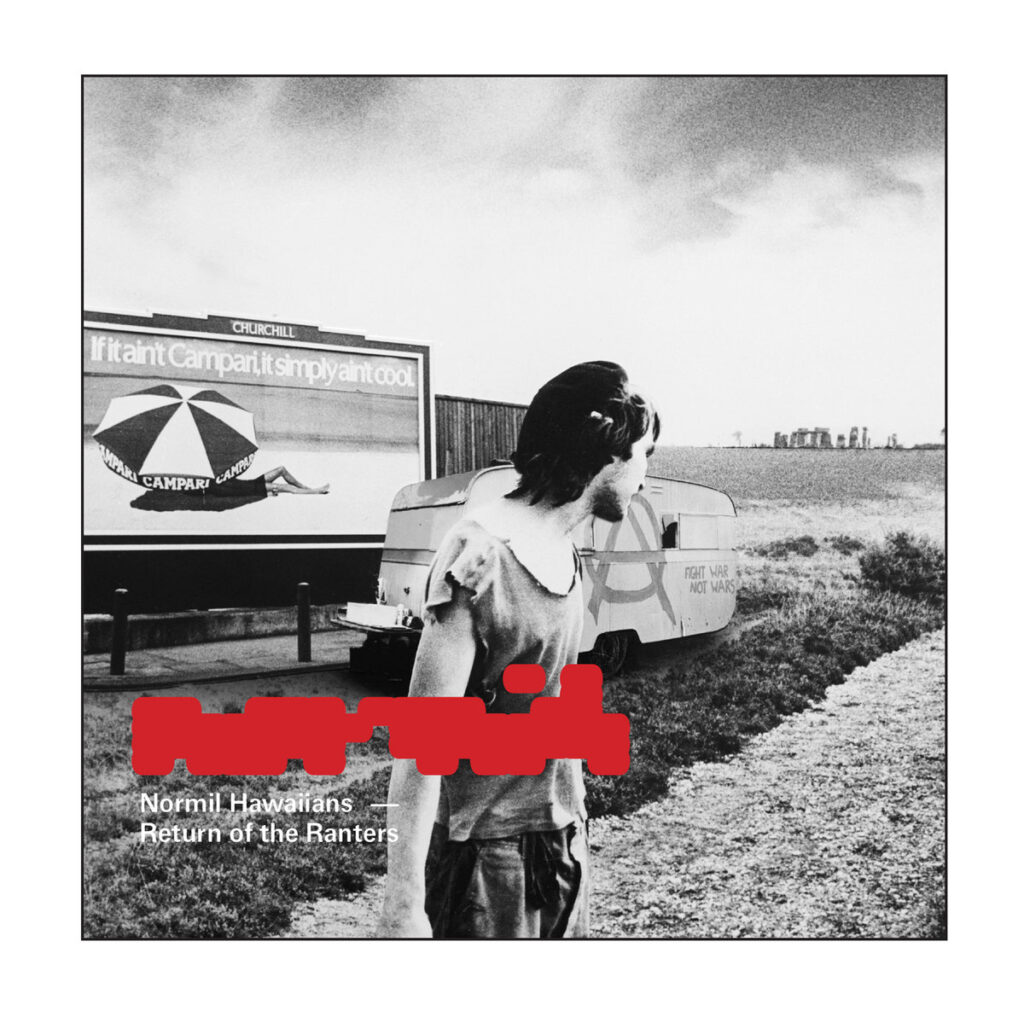
Looking ahead, what’s next for Normil Hawaiians? Is ‘Empires Into Sand’ a one-time return, or do you see this as the beginning of a new chapter for the band?
Simon: There is definitely more to come. We have a whole load more music, another album’s worth, that is already half-finished and has great potential, and we’re very excited about it.
Let’s end this interview with some of your favourite albums. Have you found something new lately you would like to recommend to our readers?
Guy: ‘Hot Rats’ by Frank Zappa and ‘In Search of Space’ by Hawkwind. Newer music: Sewer Election. Zoviet France are still making new music, too.
Simon: Tomita’s Snowflakes are Dancing is one of my all-time favourites. Other notable things I’ve been listening to recently include the new album by Nonkeen, All Good?, and Radical Abundance by Victoria Hume.
Wilf: This Heat ‘Deceit’. Jon Hopkins’ new album ‘Ritual’.
Noel: Velvet Underground ‘Live 1969’. New albums by Dog Unit and Cassie Kinoshi’s Seed. Recent great live shows from Idles, Kathryn Joseph, Ichigo Evil, Acid Mothers Temple, and Deerhoof.
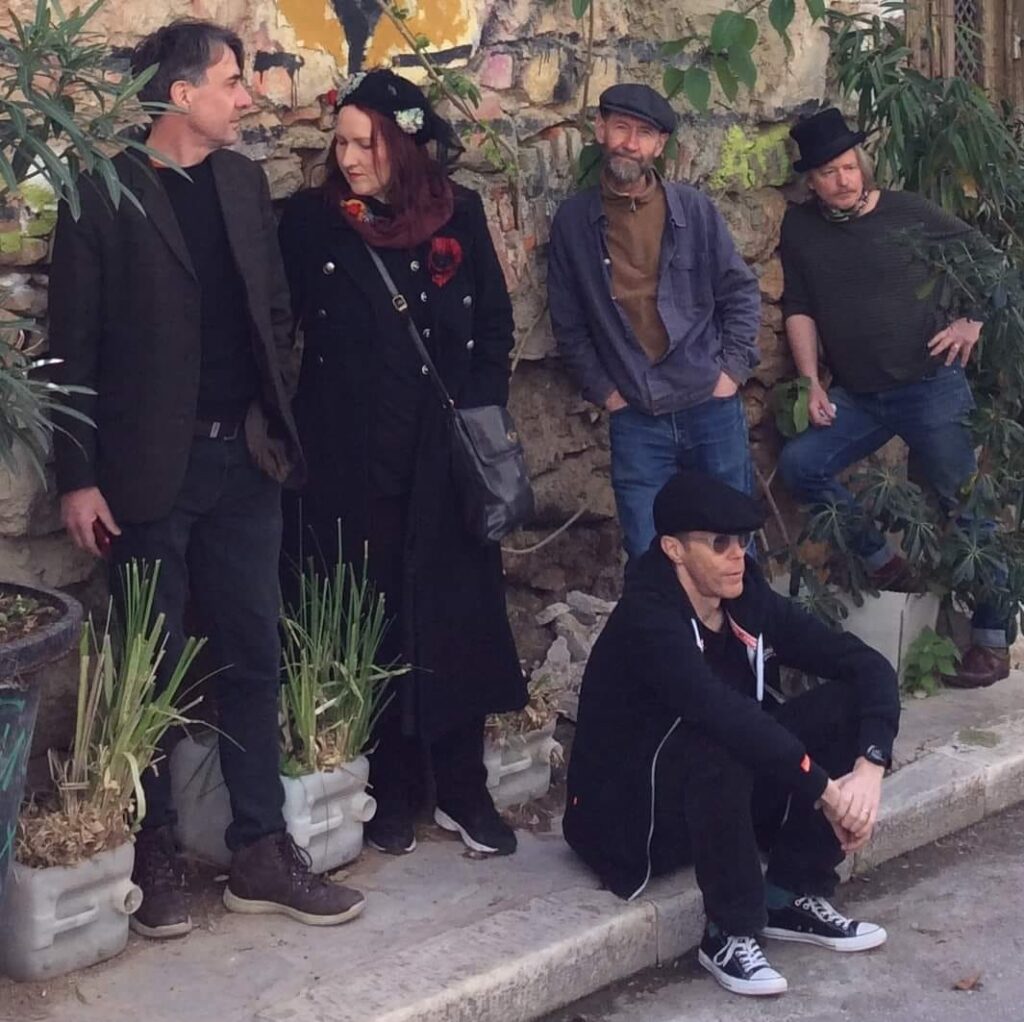
Thank you. Last word is yours.
Wilf: We should give a special mention to Chris Tipton of Upset! The Rhythm for his tireless support.
Guy: Thanks for the chat. Free Palestine!
Klemen Breznikar
Normil Hawaiians Official Website / Facebook / Instagram / Twitter / Bandcamp / YouTube
Upset! The Rhythm Official Website / Facebook / Instagram / Twitter / Bandcamp / YouTube

